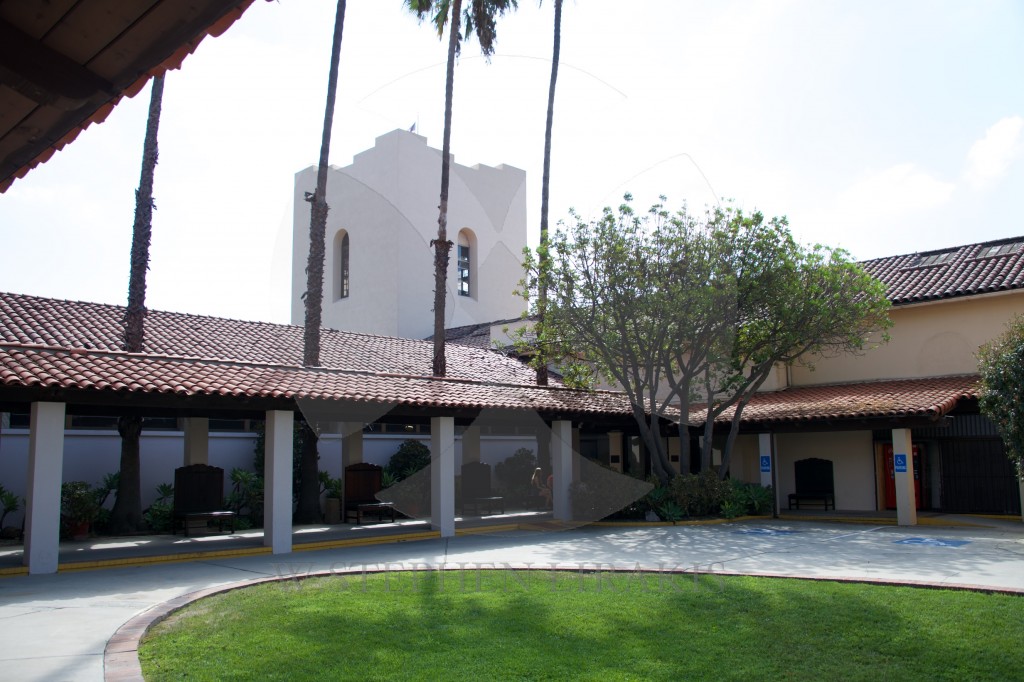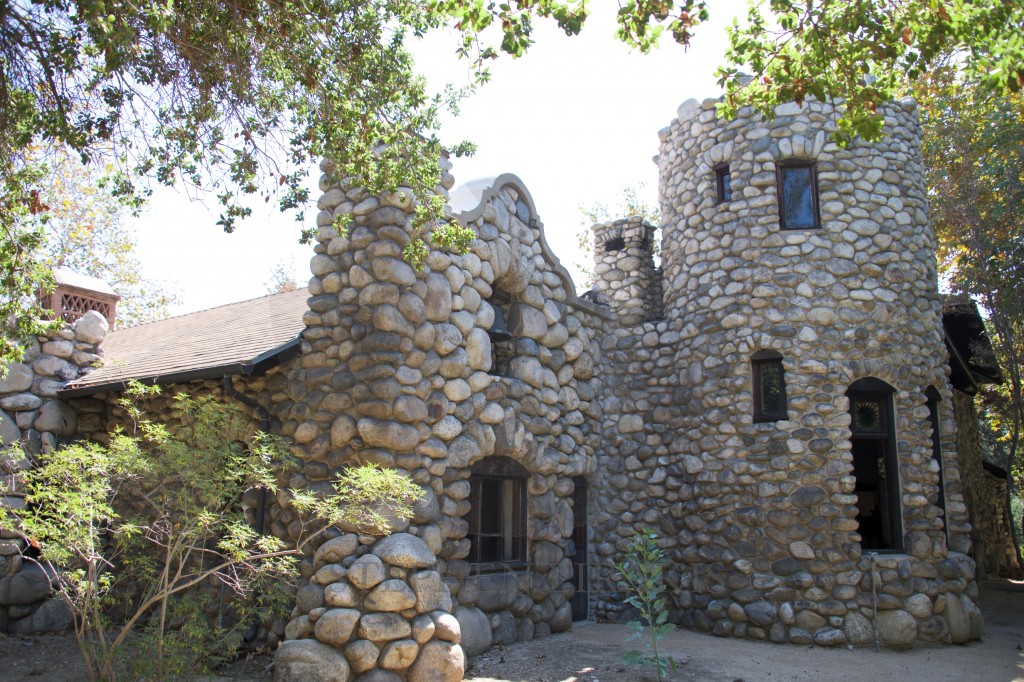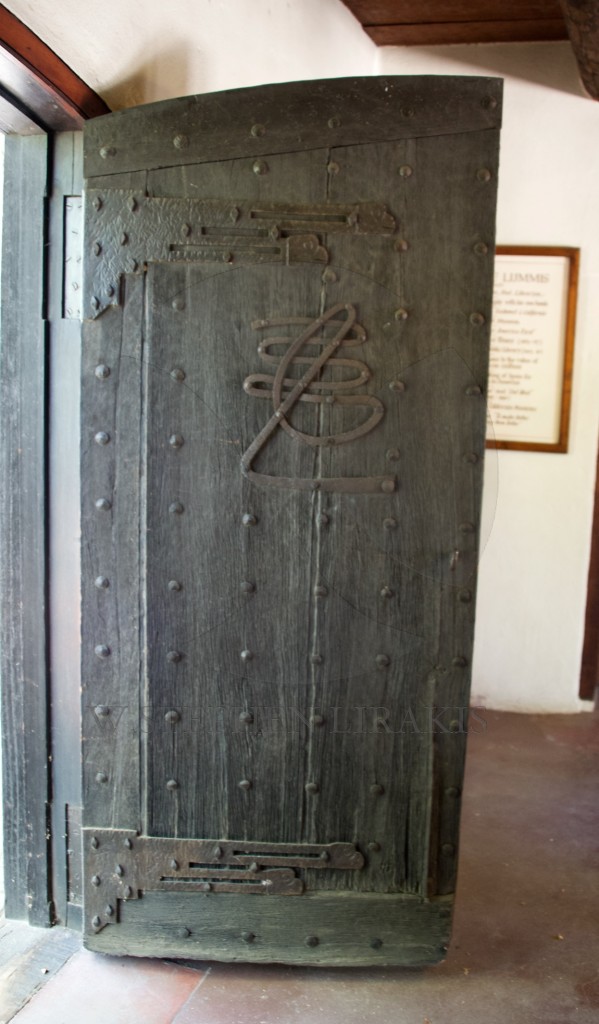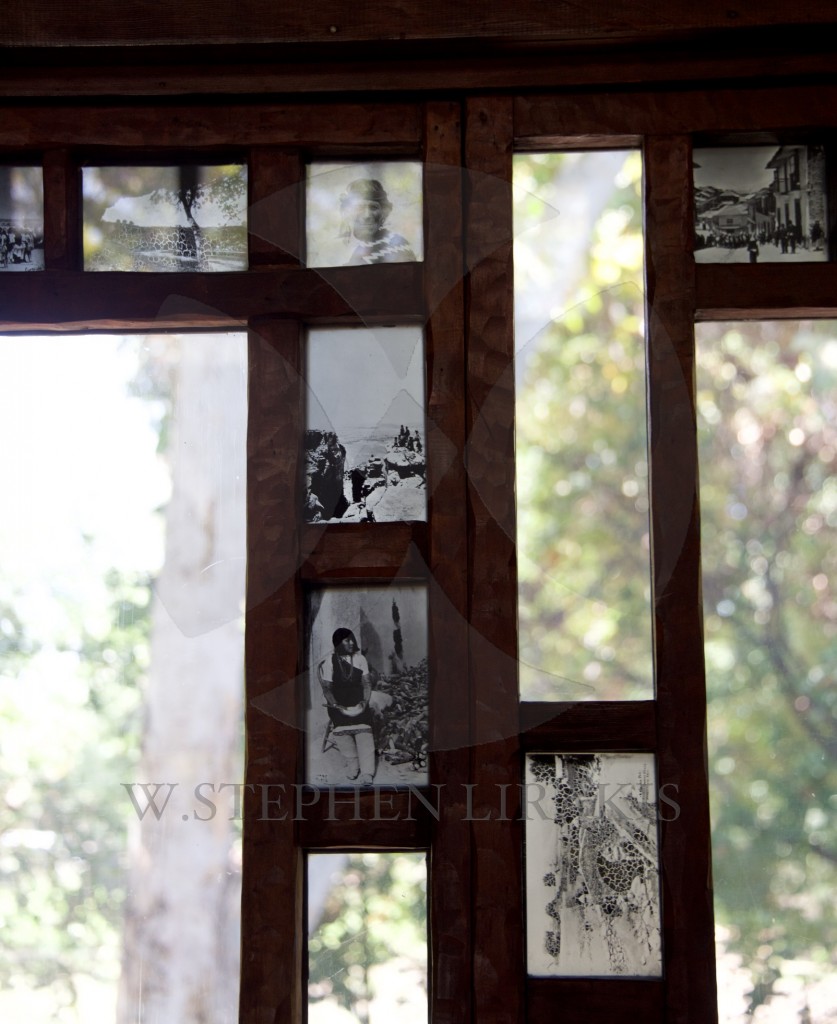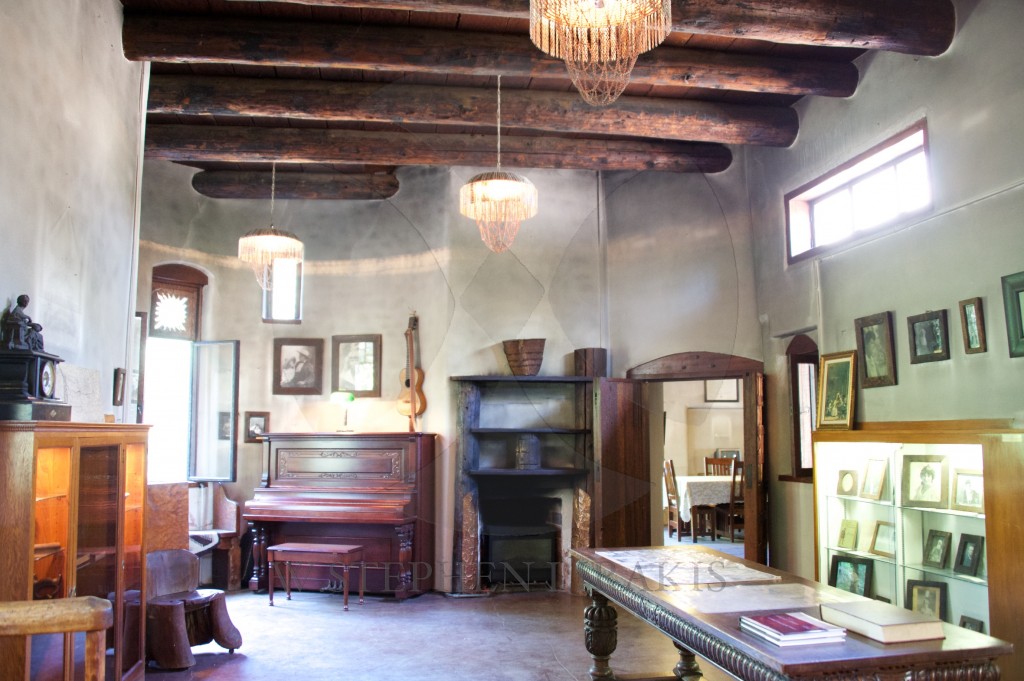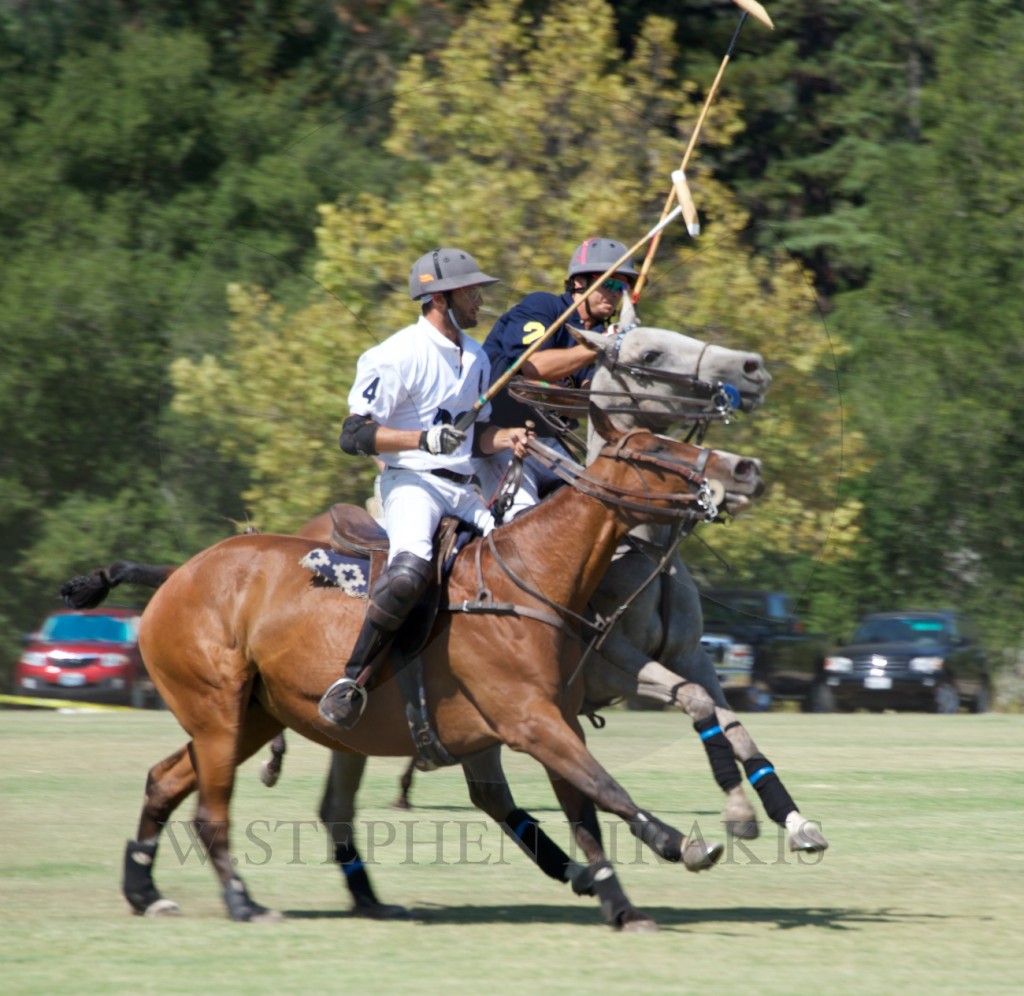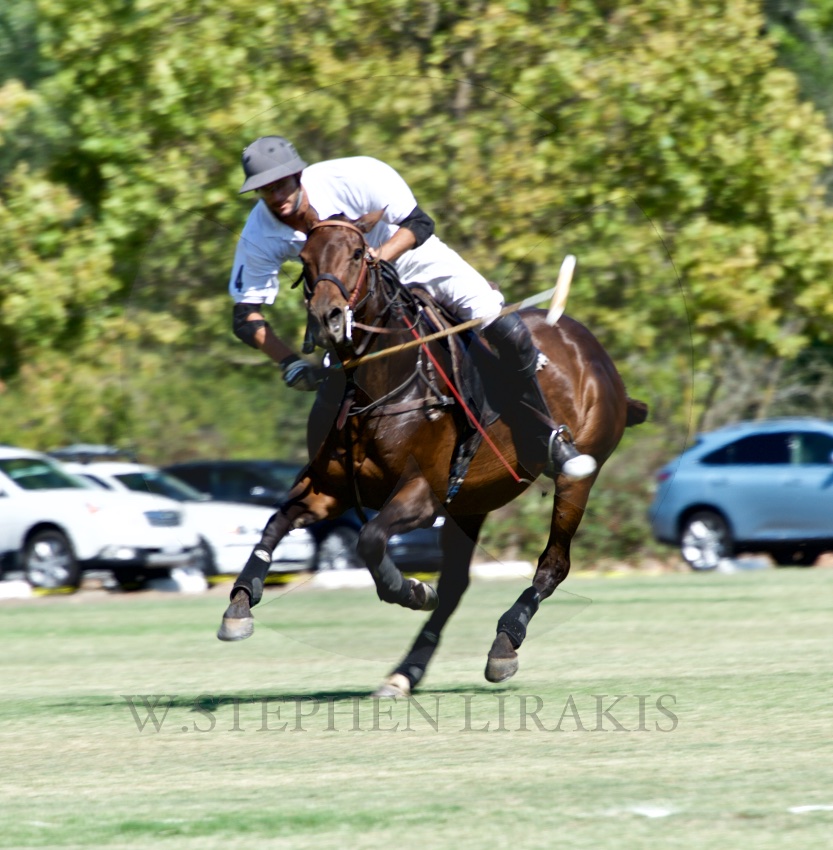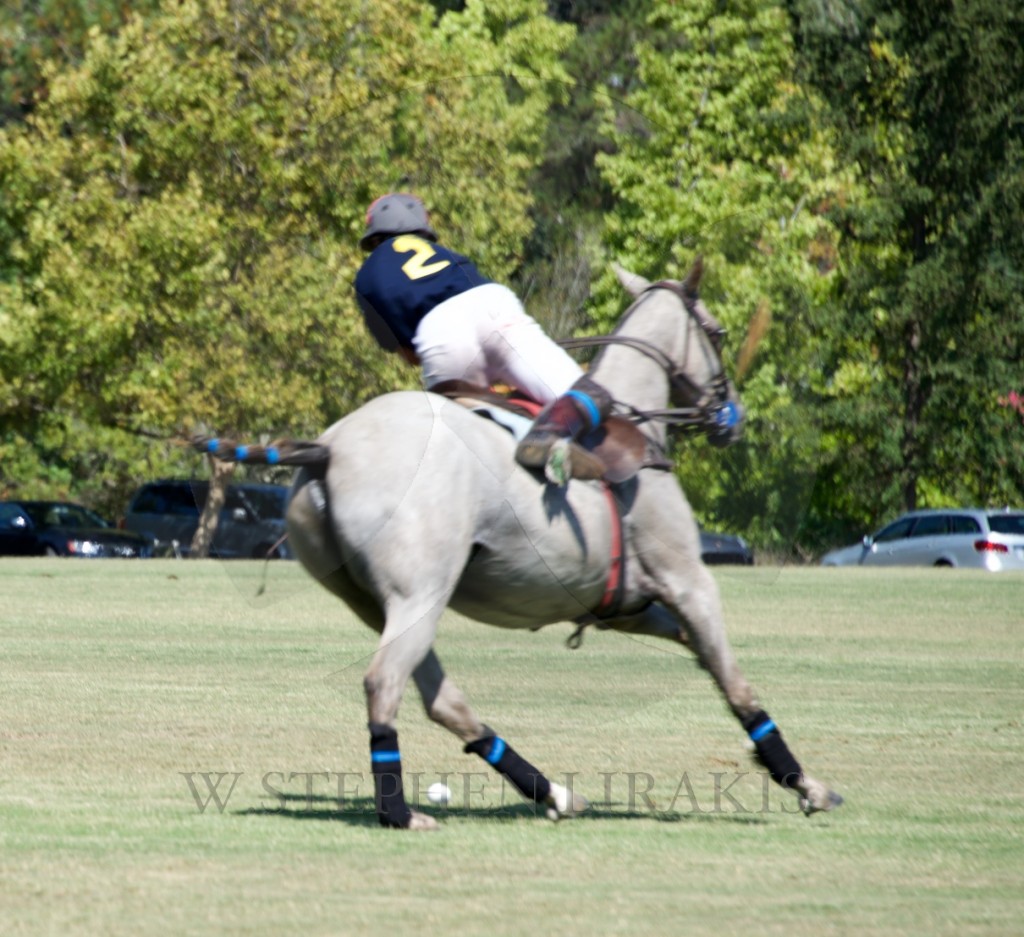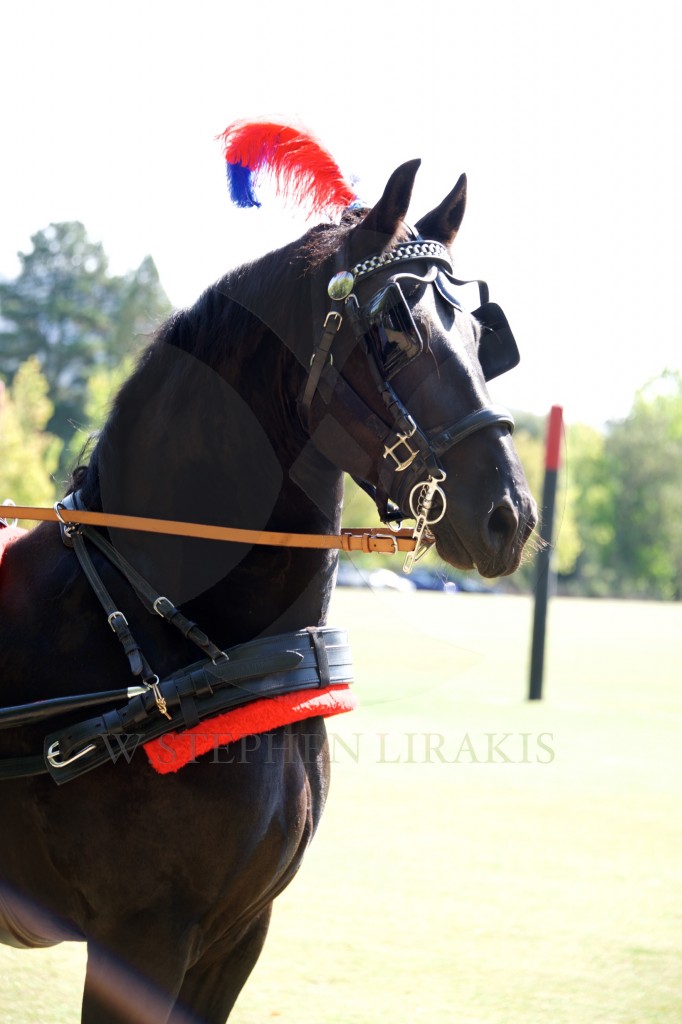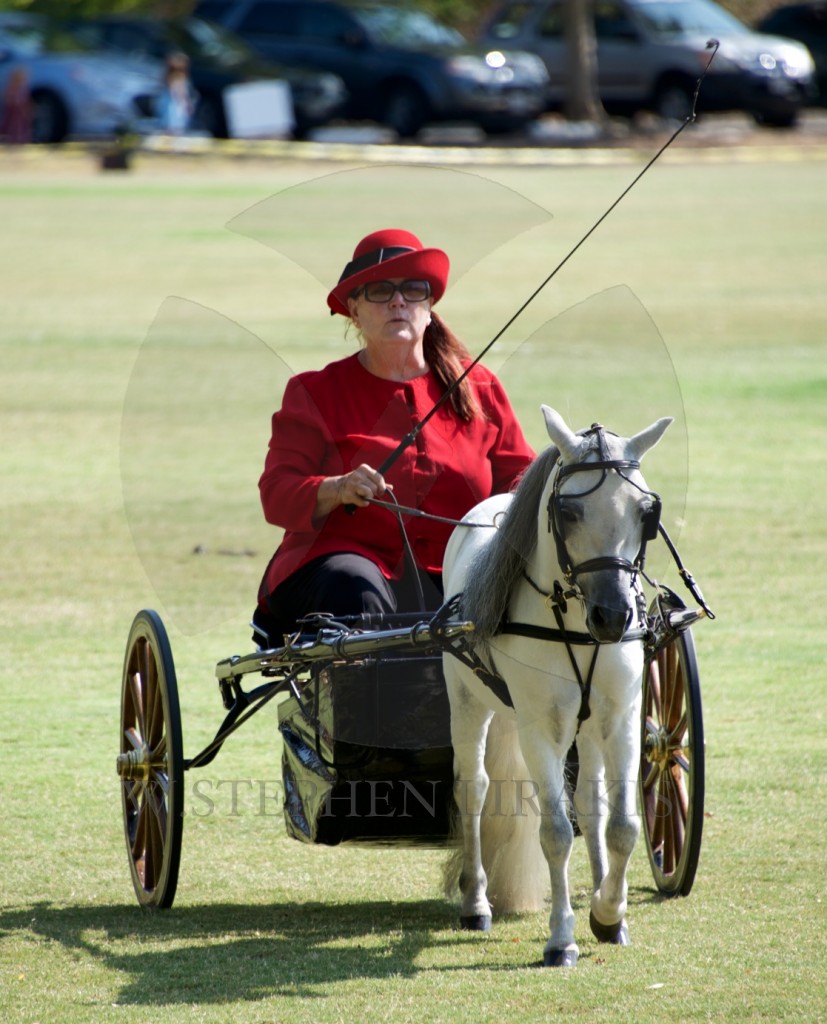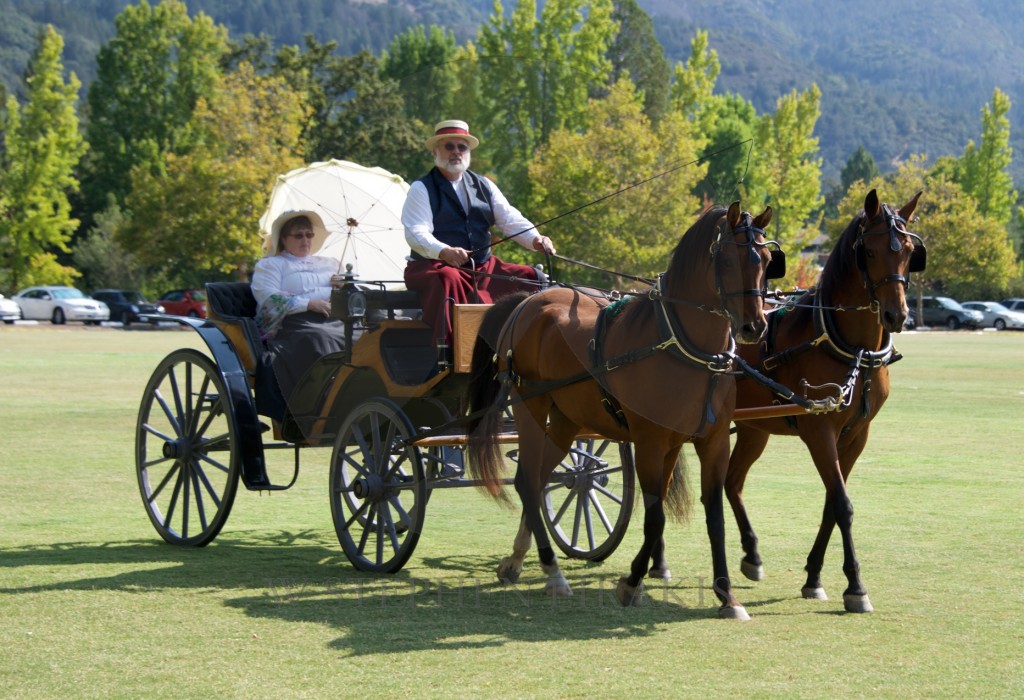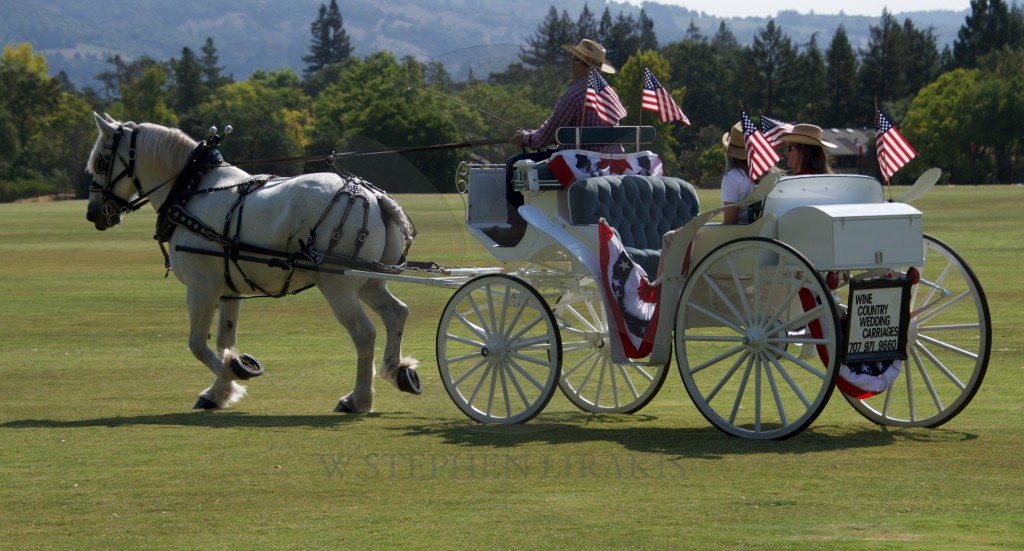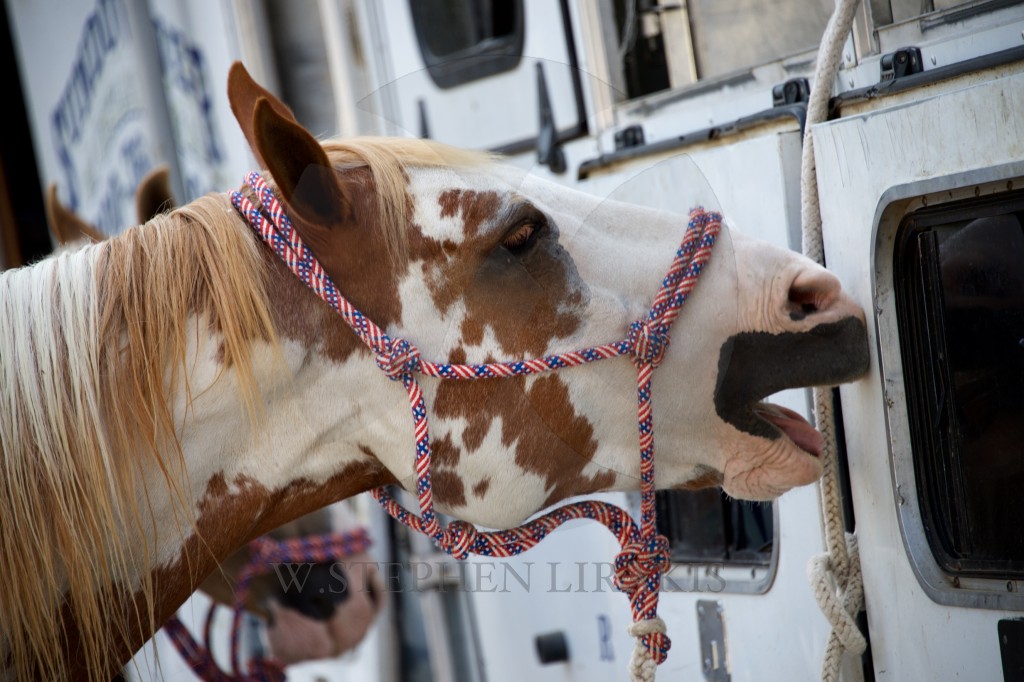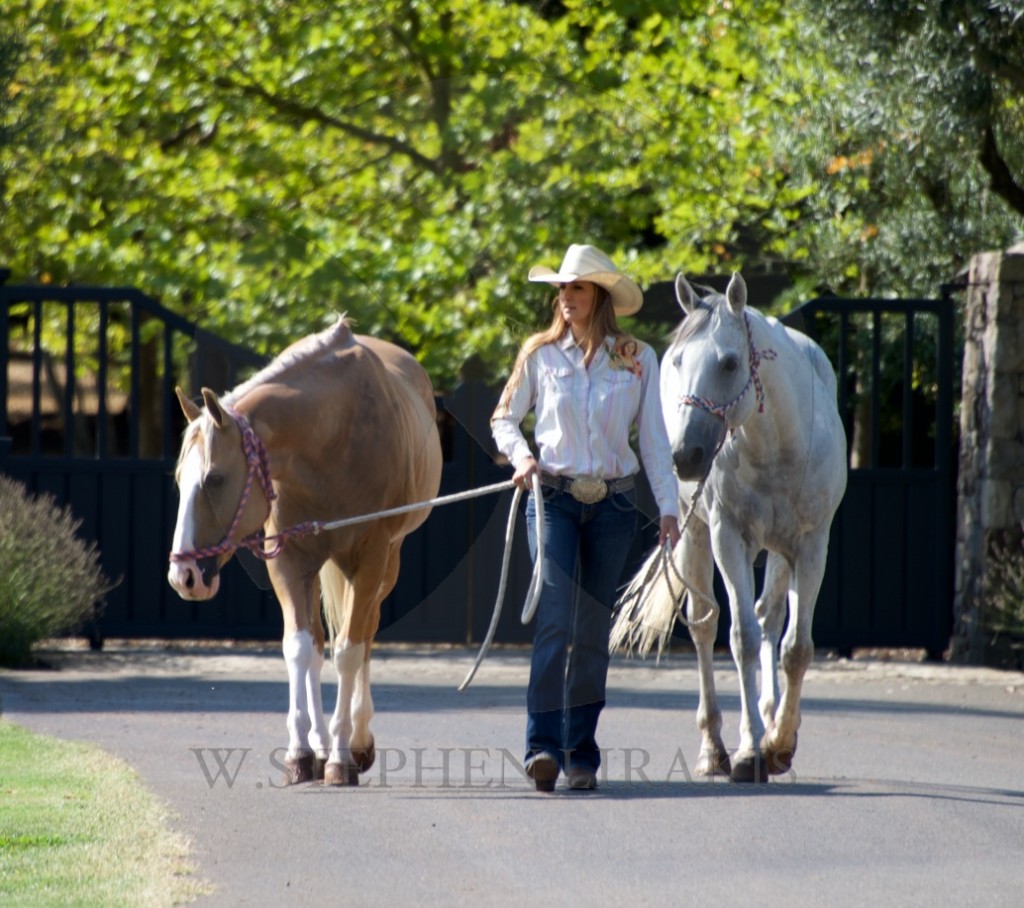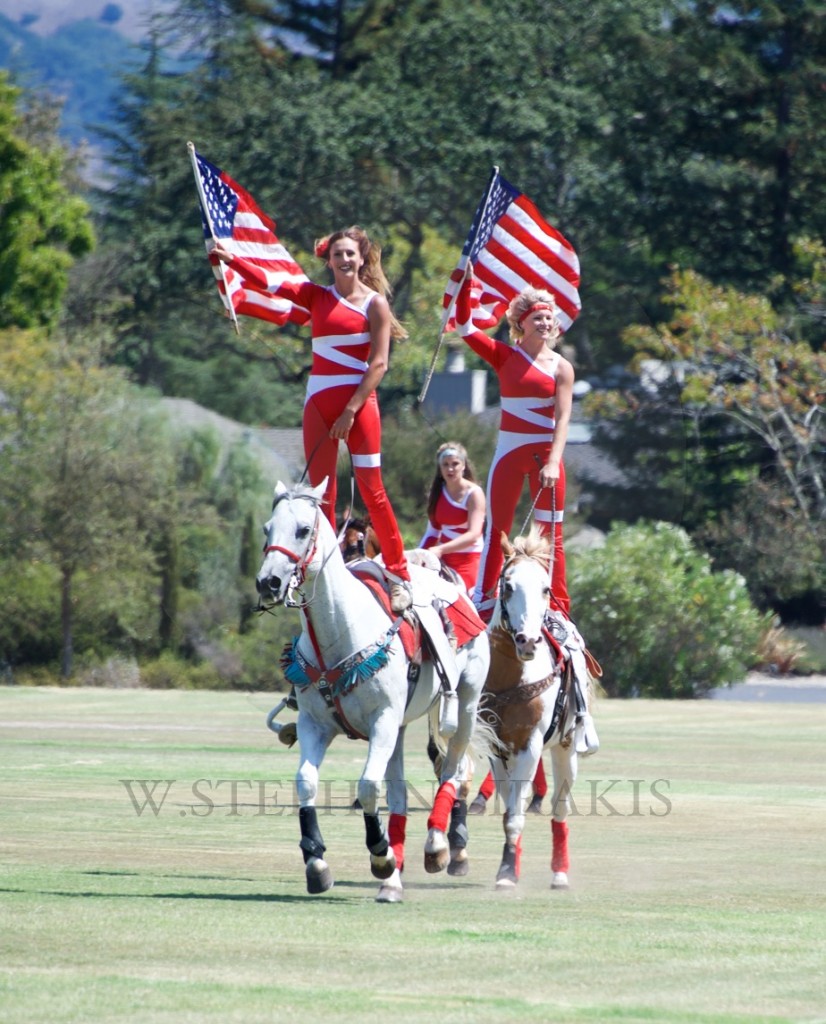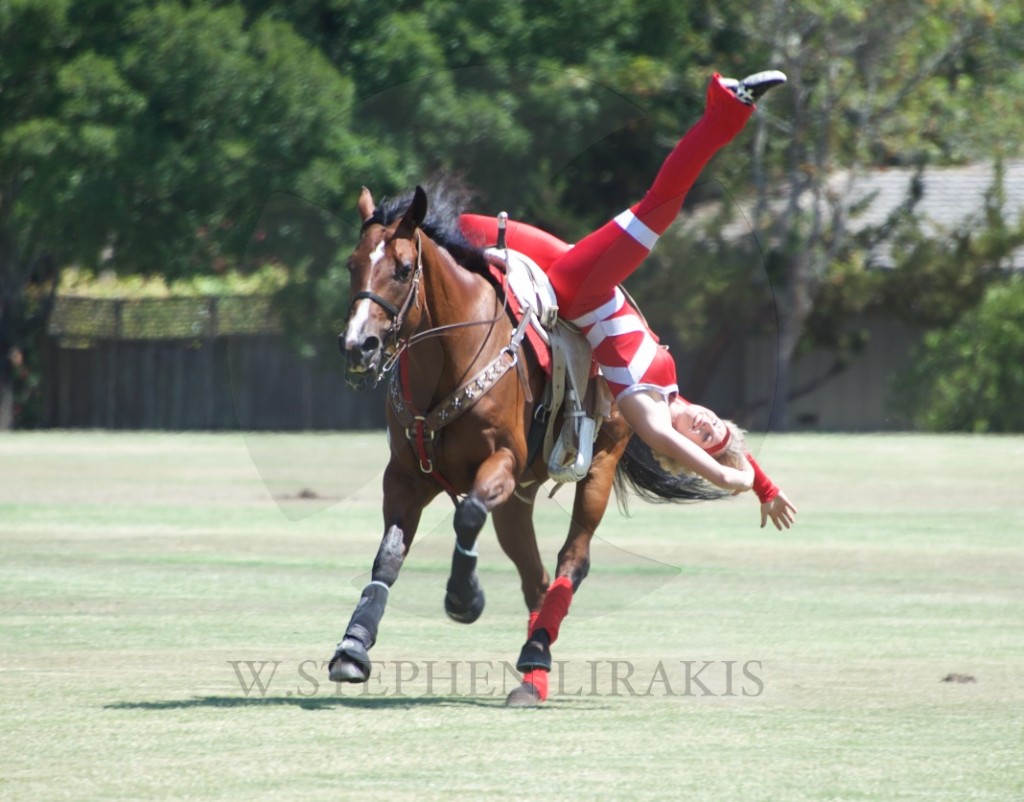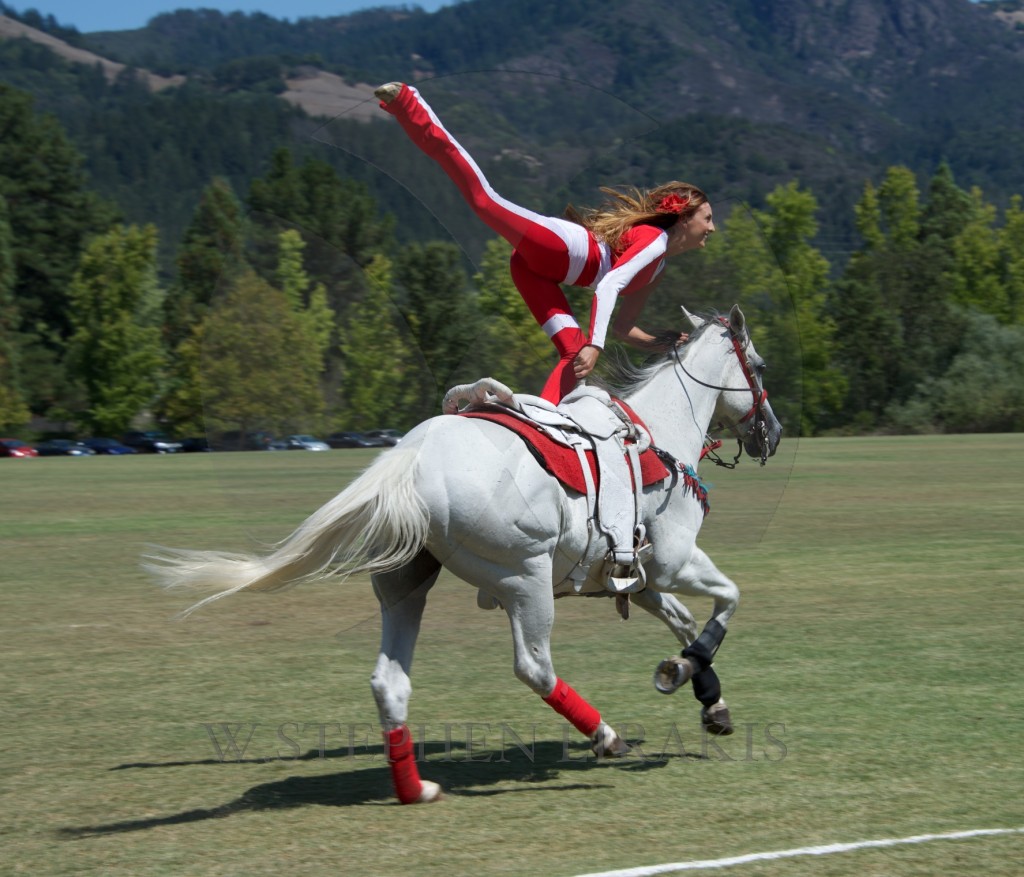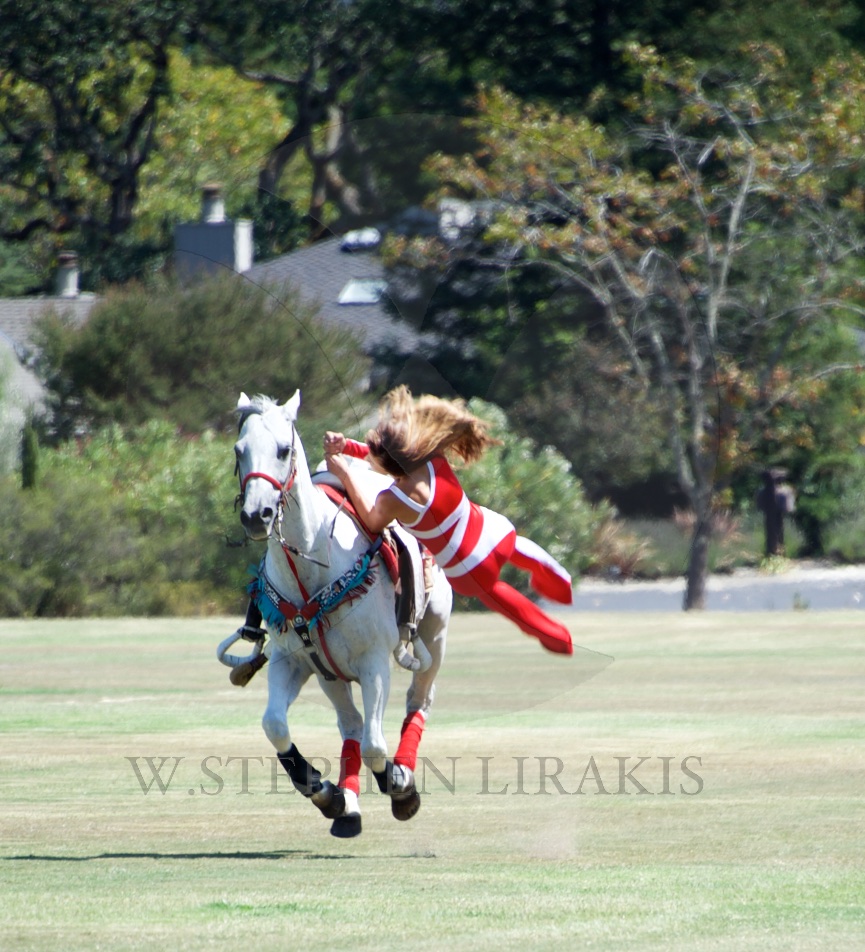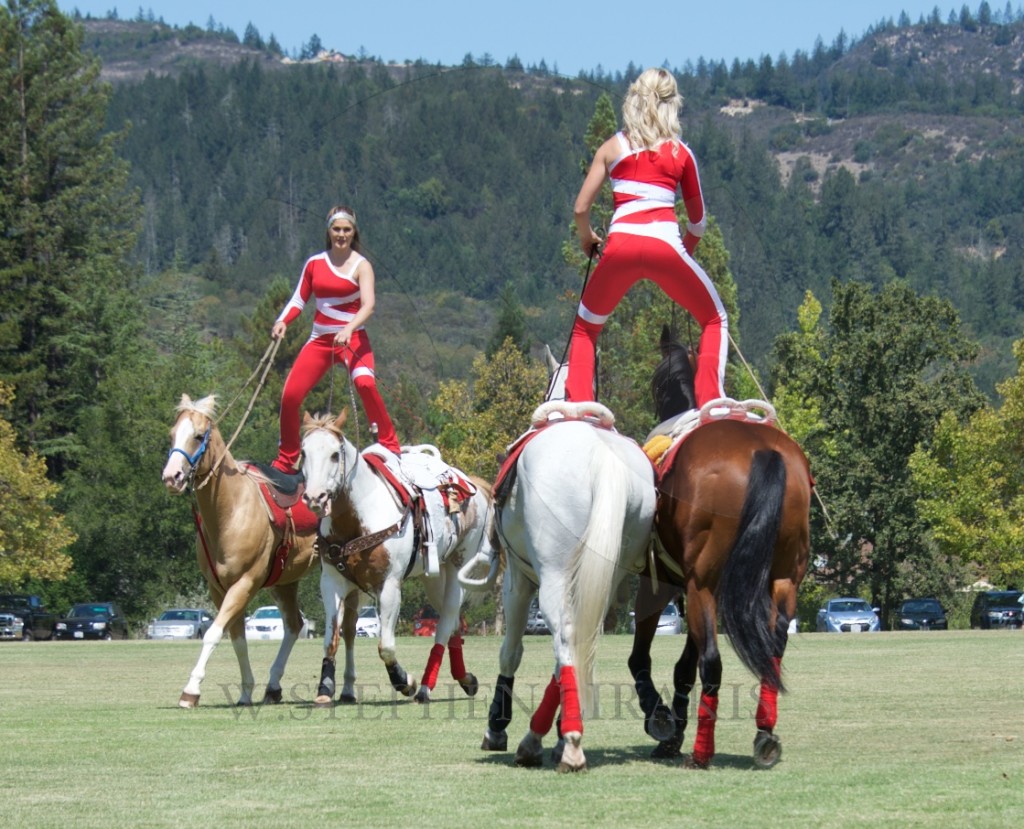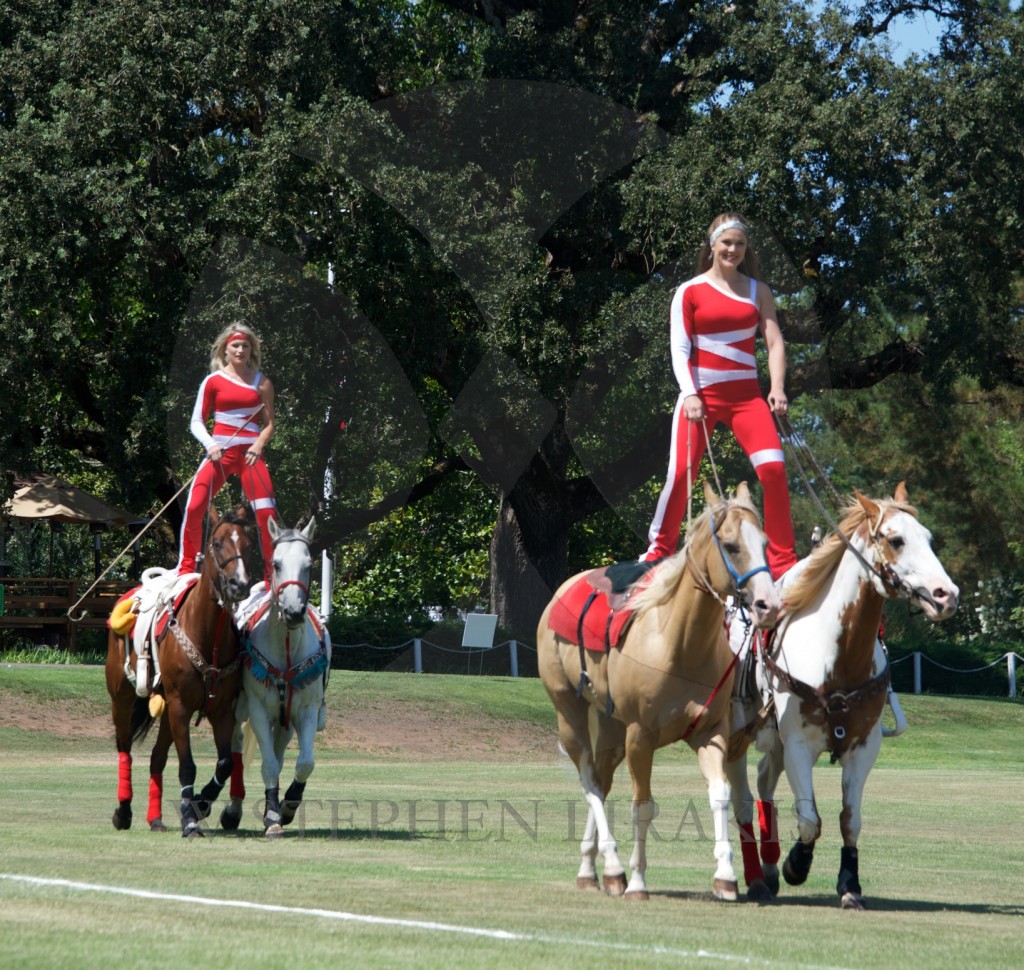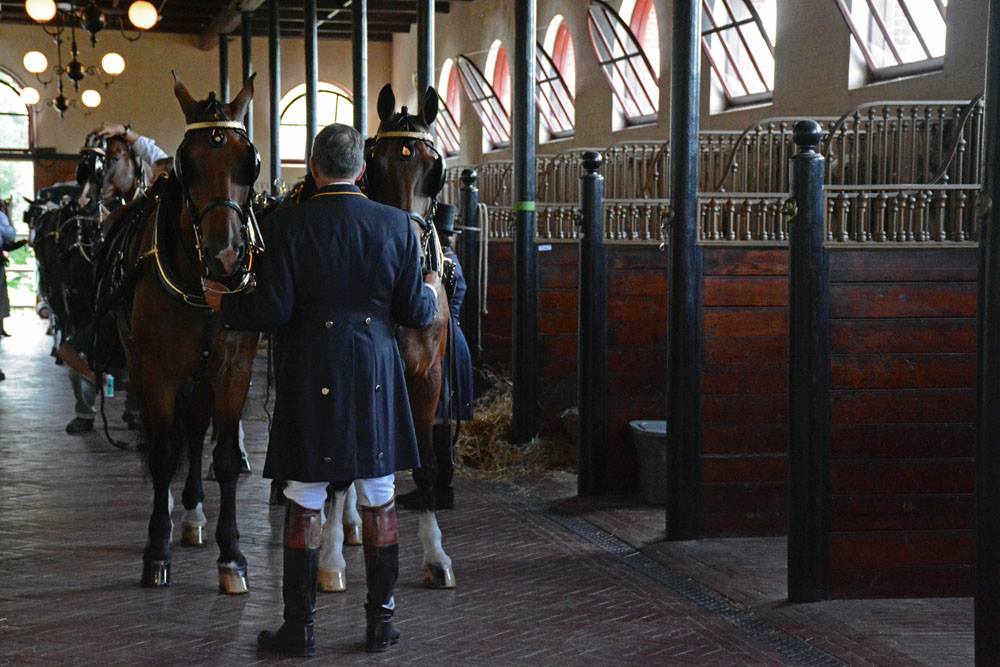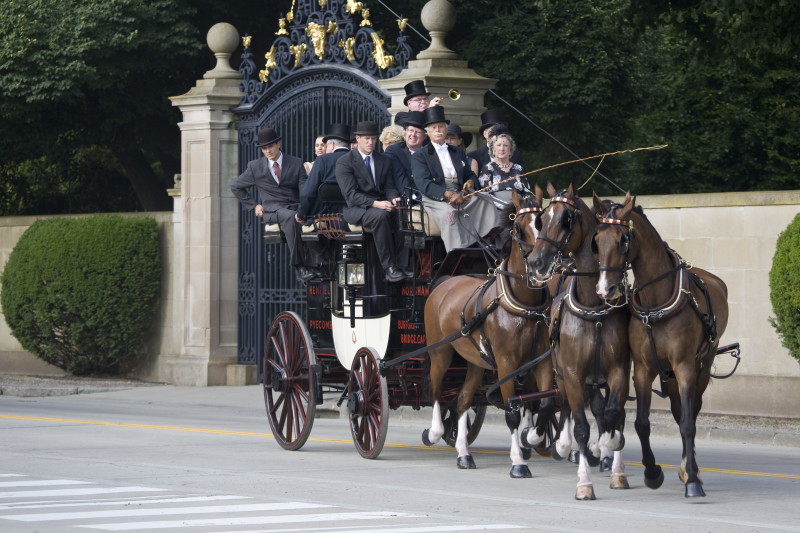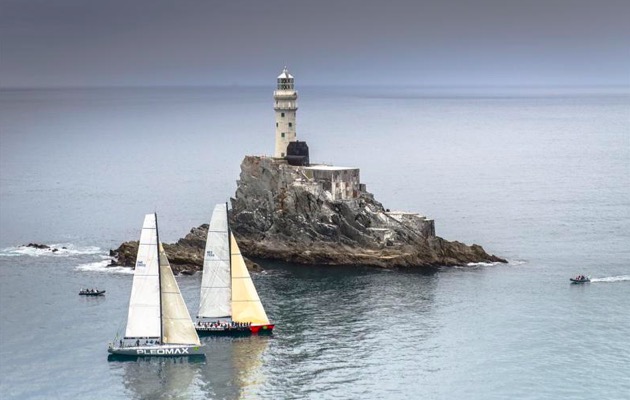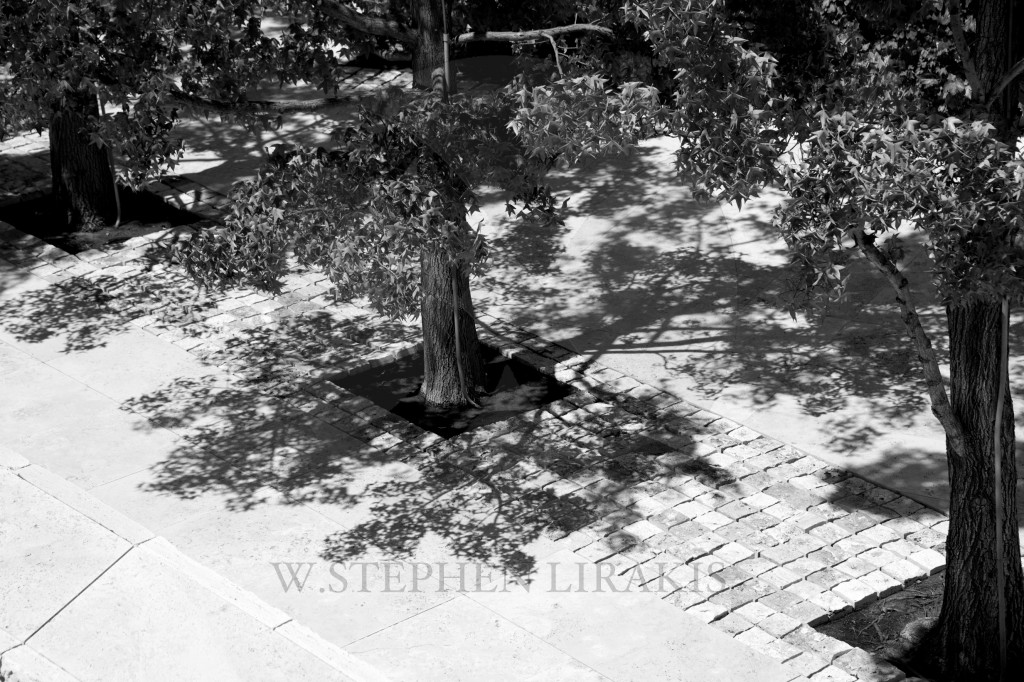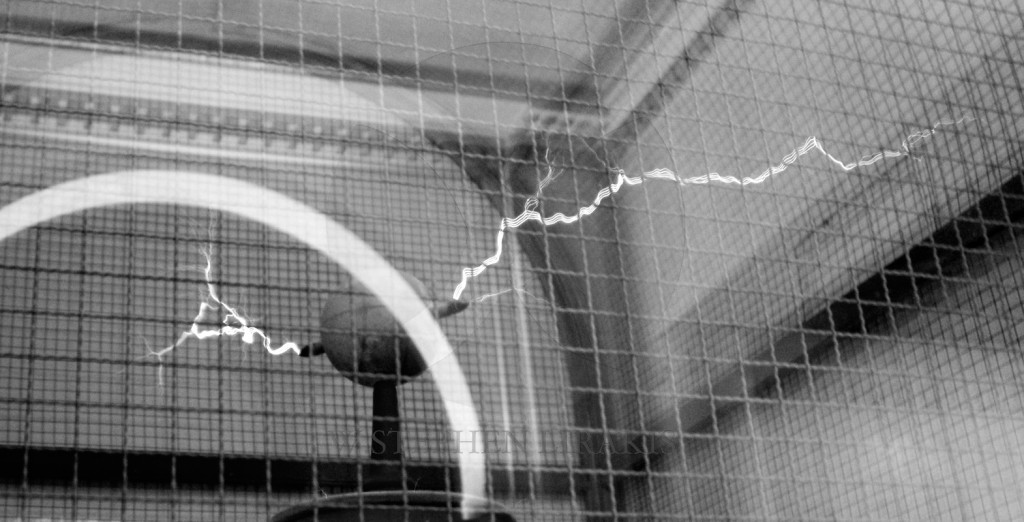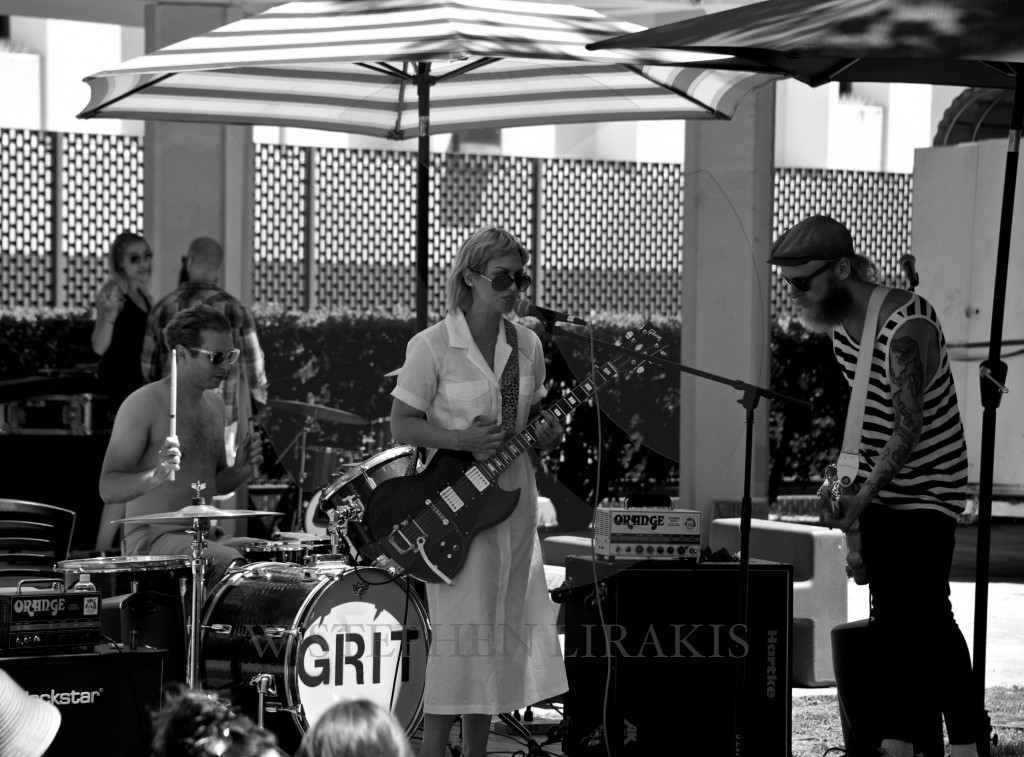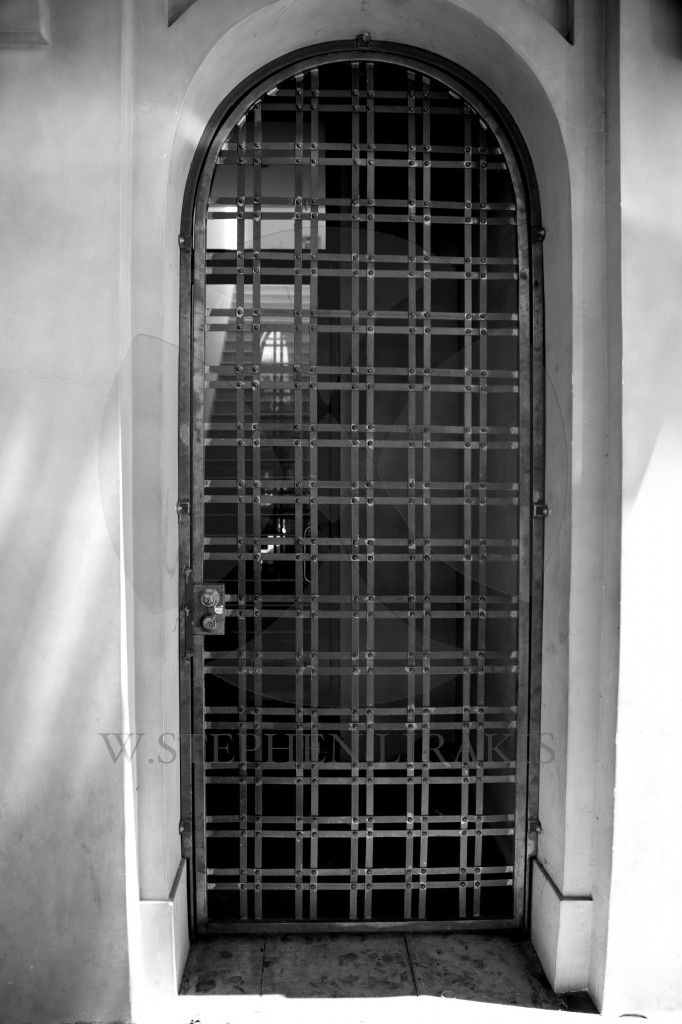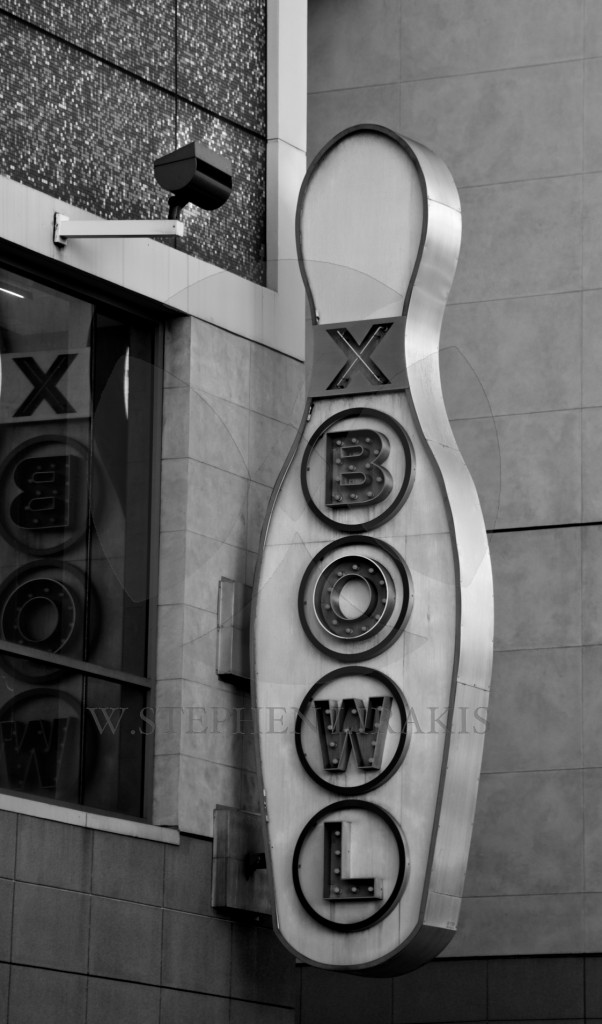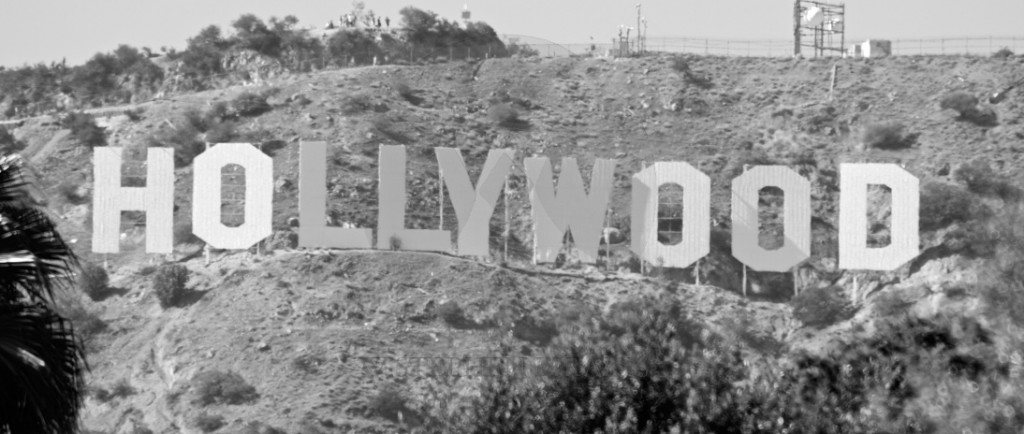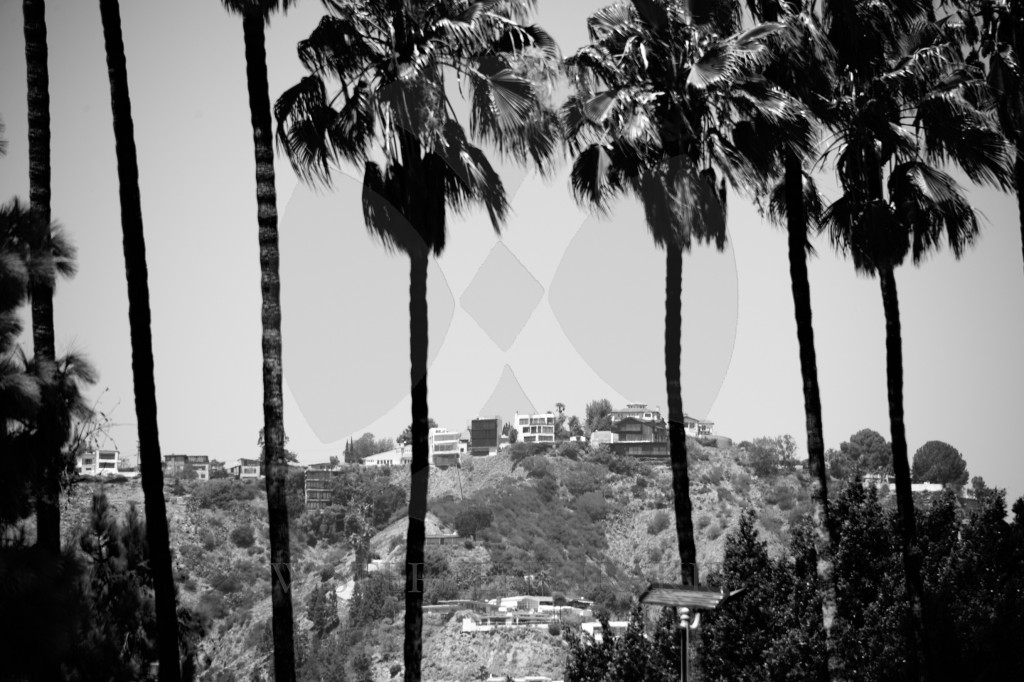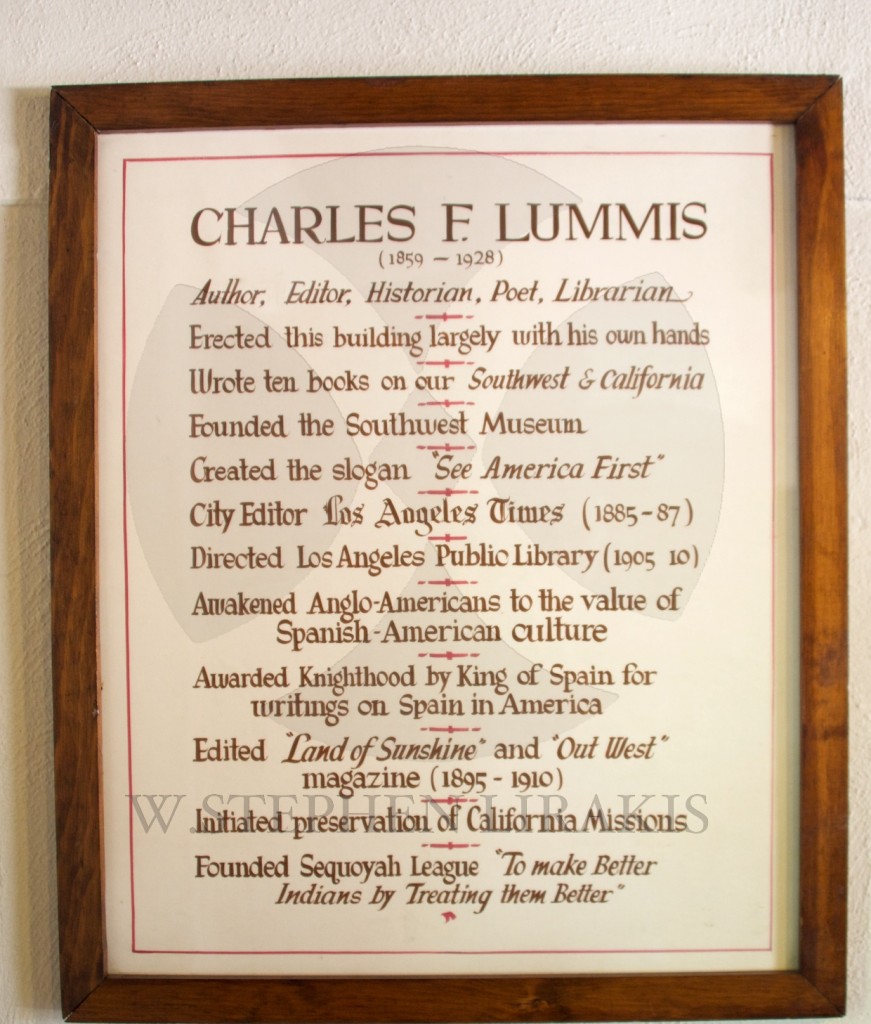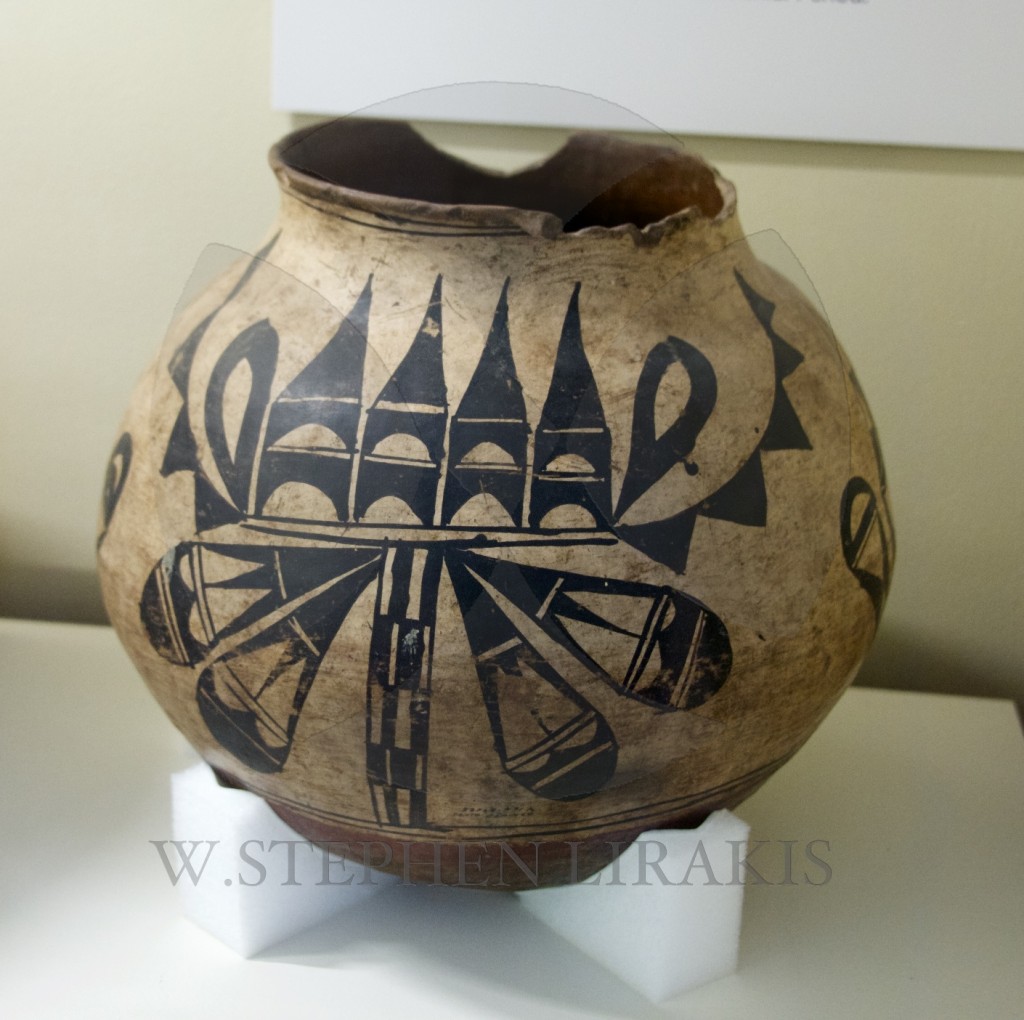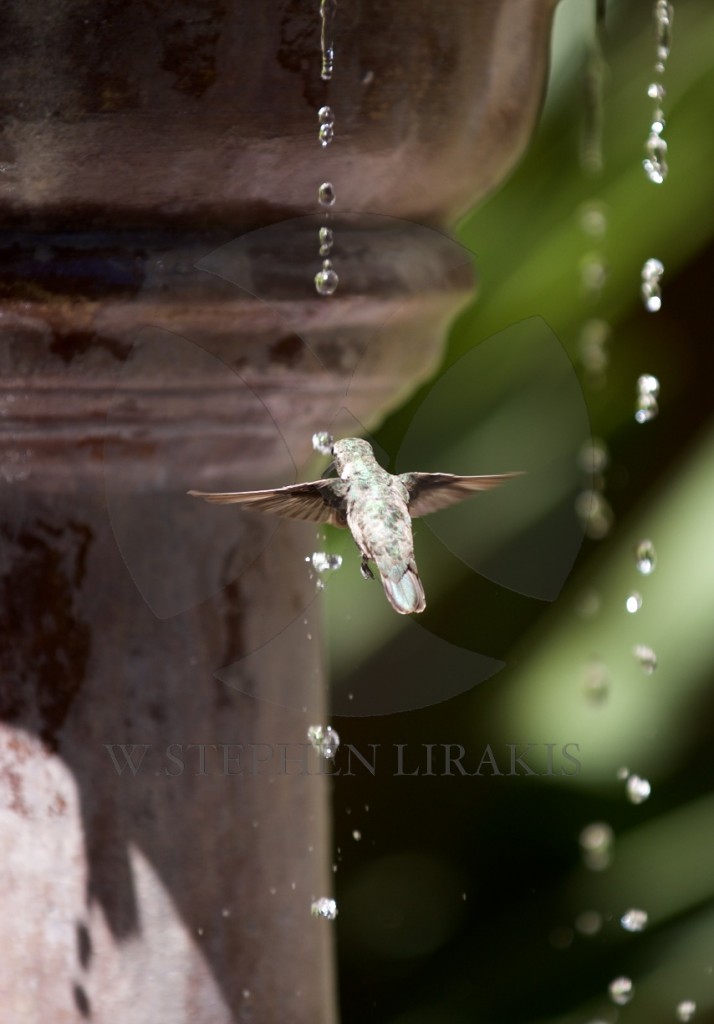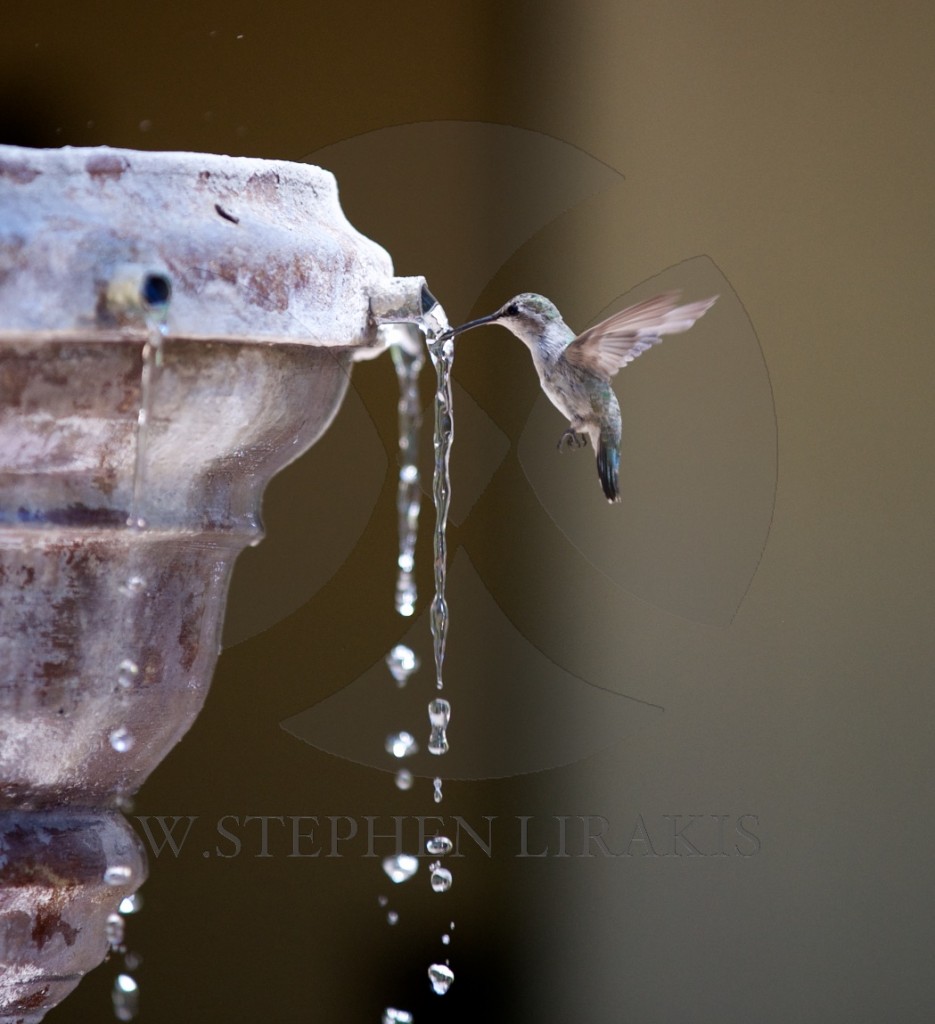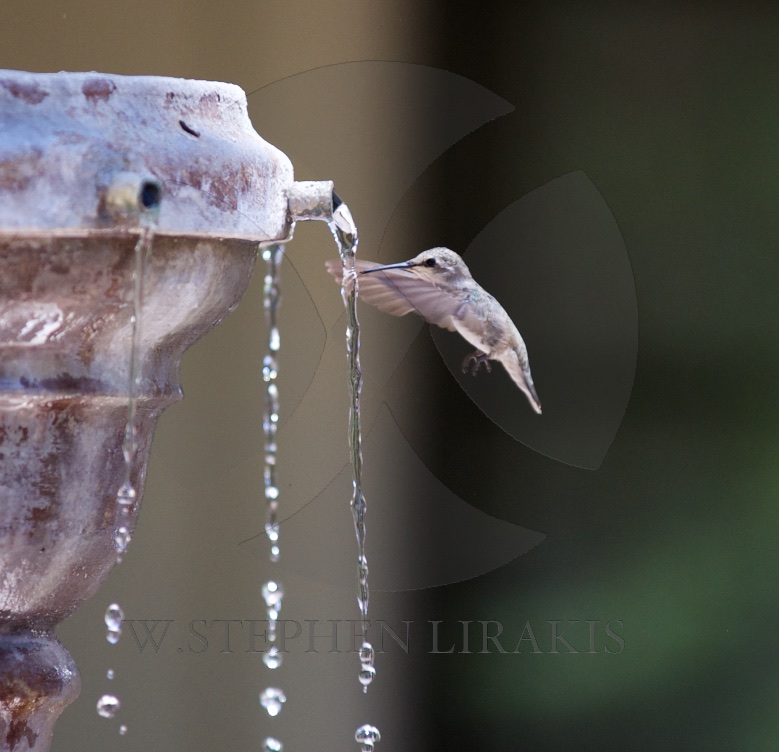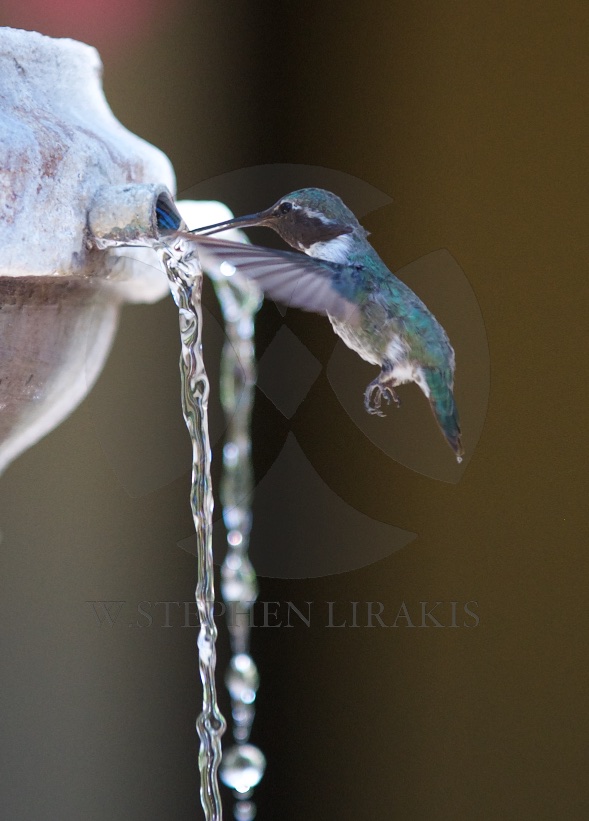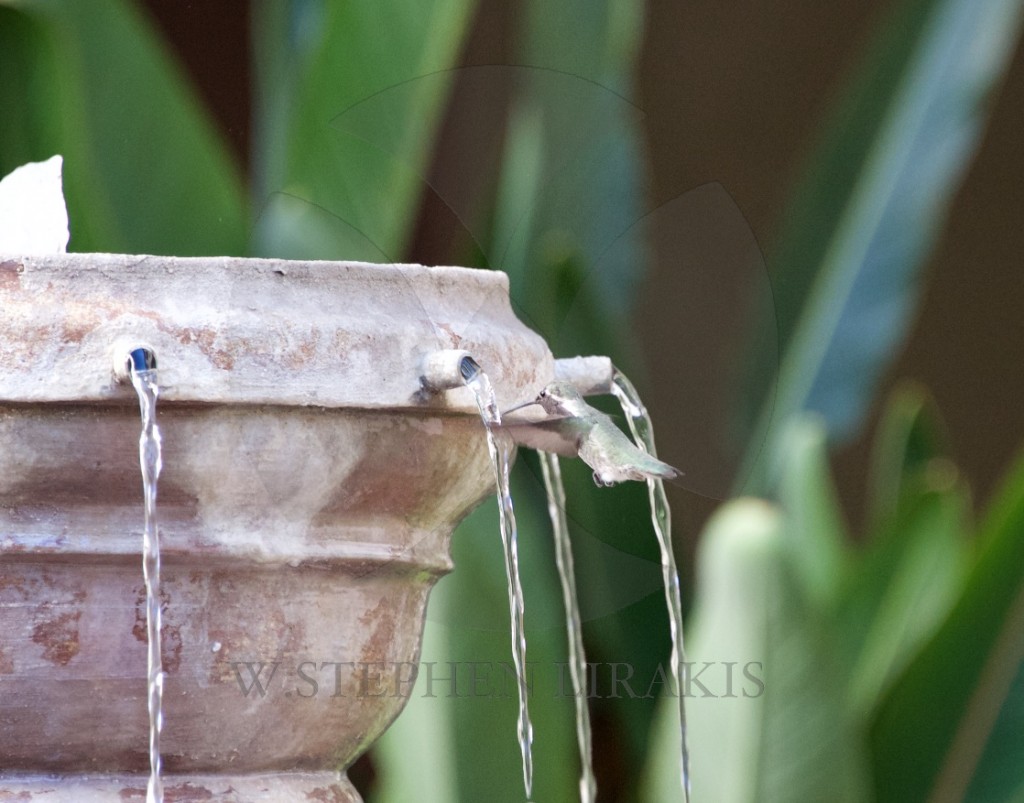Month: August 2015
ARE THERE ANY LIMITS?
I crossed the Atlantic in 11 1/2 days this summer. For someone of my generation this was special. I never expect to repeat this experience. But I am still on a slow boat in today’s world.
The America’s Cup will never go back to non foiling boats. I still predict that the next Olympics will have at least one foiling class, if not two. No one is looking back, unless it is to true classic yachts. That is for different reasons of beauty and elegance.
TRAVEL THROUGH TIME
Summer is quickly coming to a close. Children are in many cases back to school. Labor Day is a week away. The age old ritual of asking what you did last summer is here.
Here is what I did last summer:
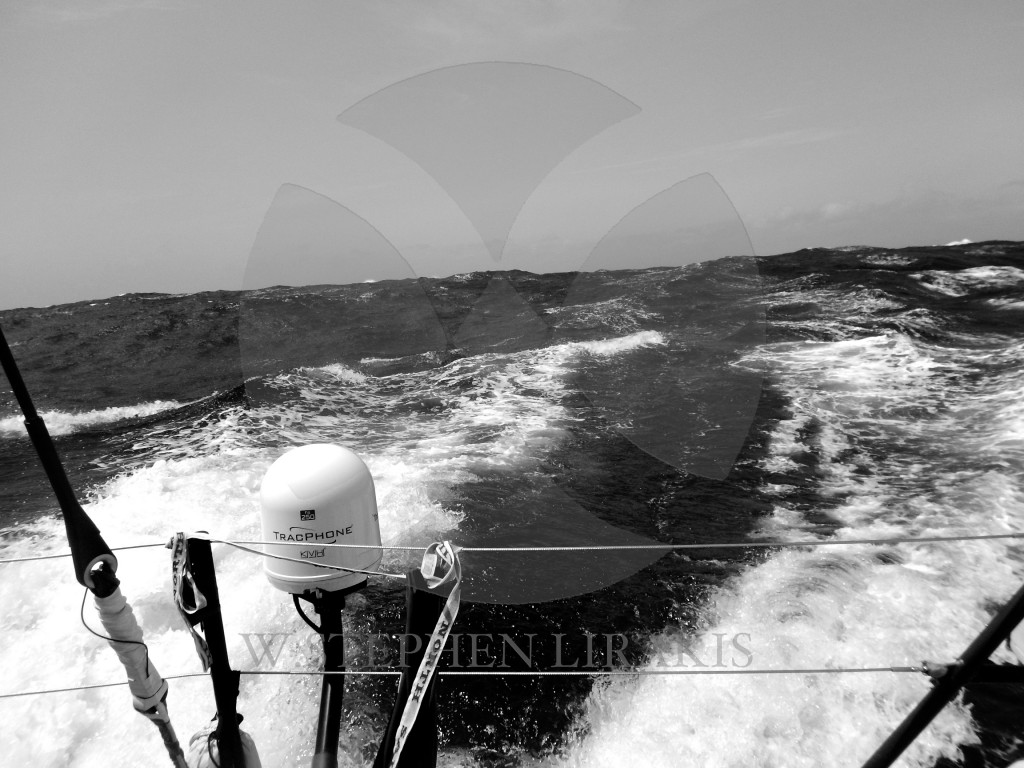
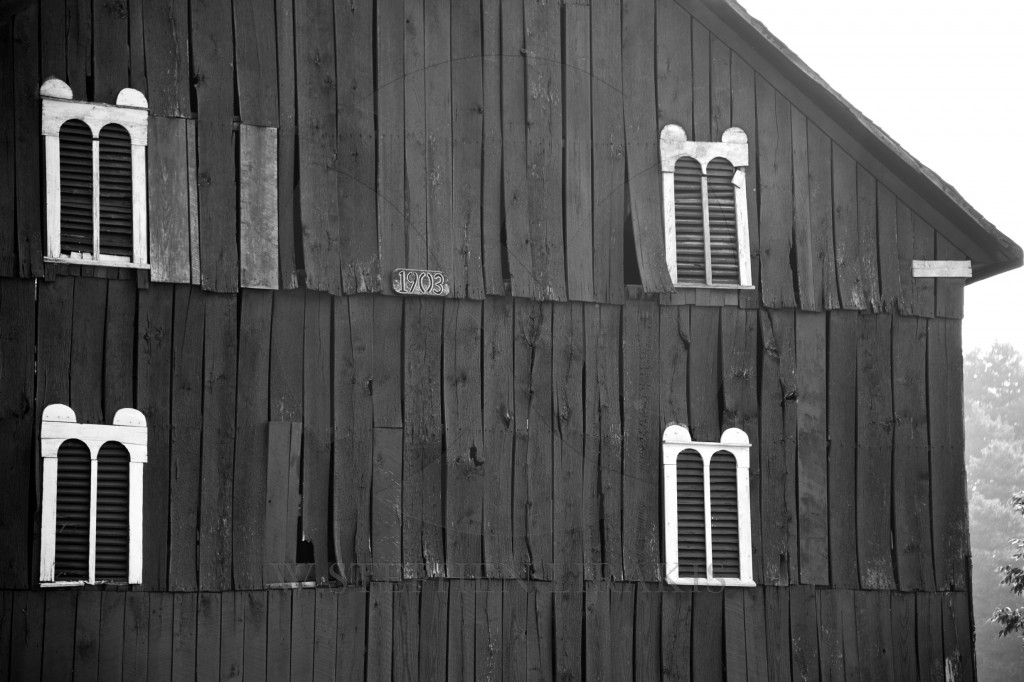

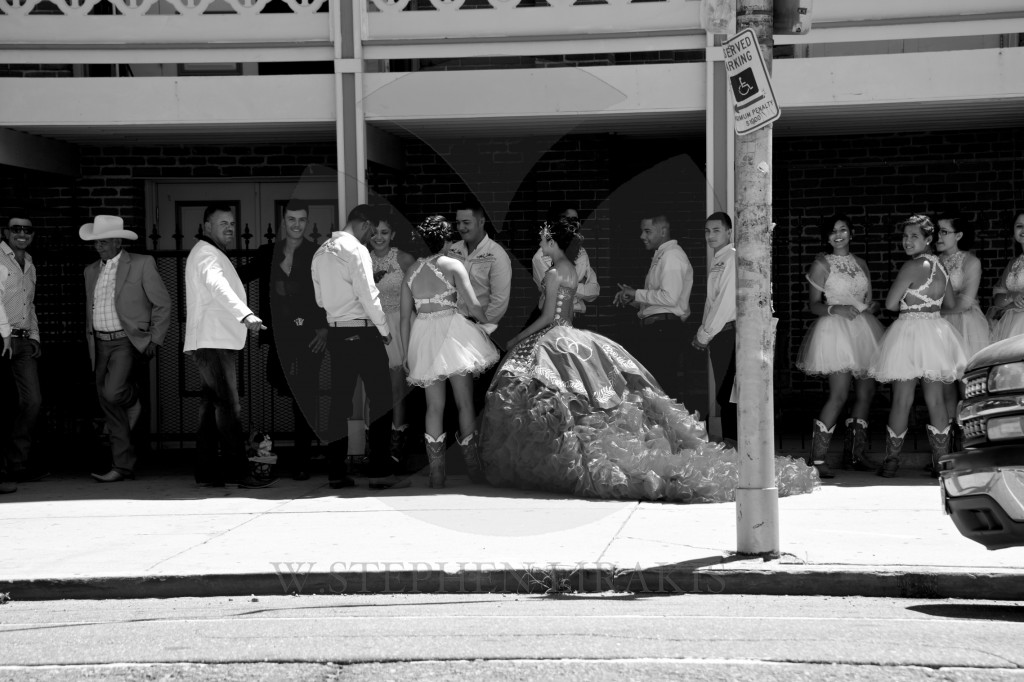
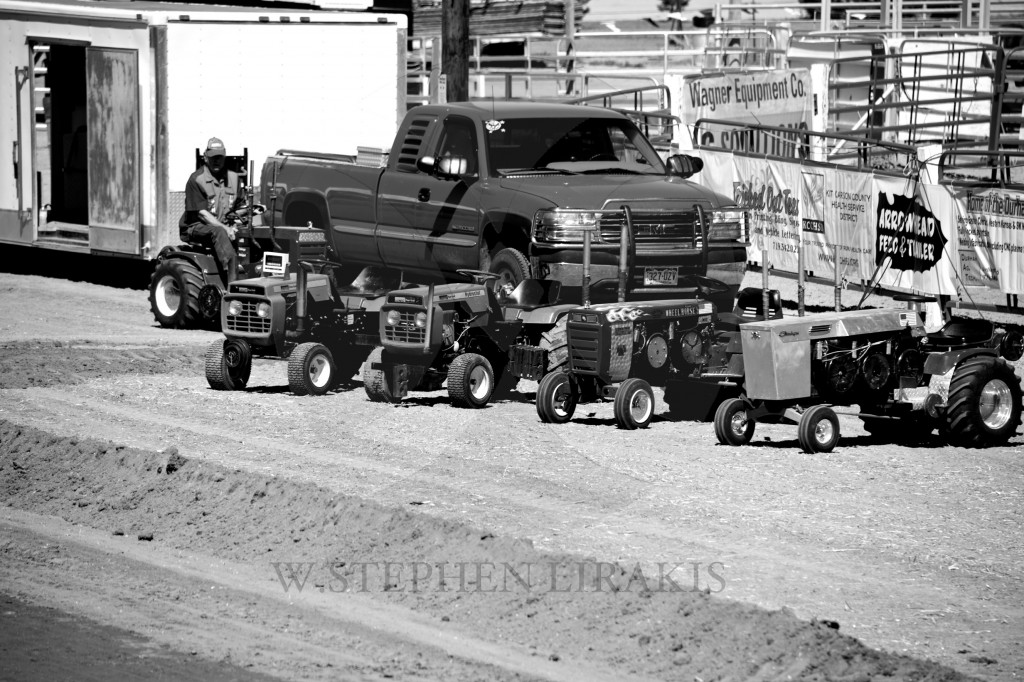
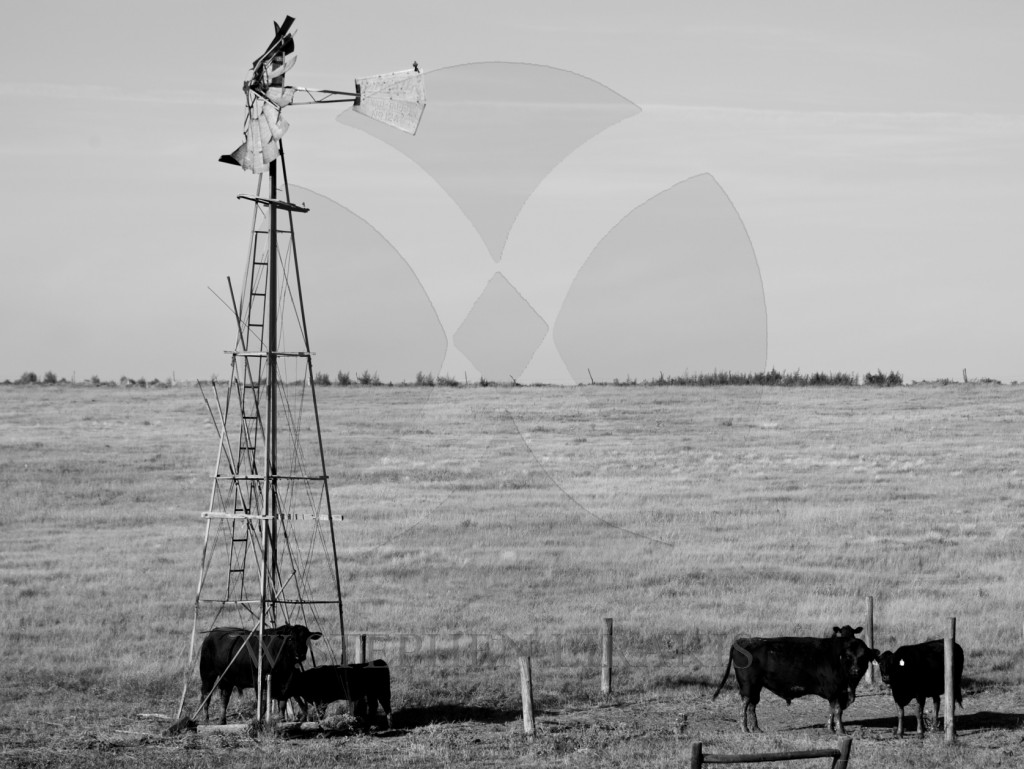

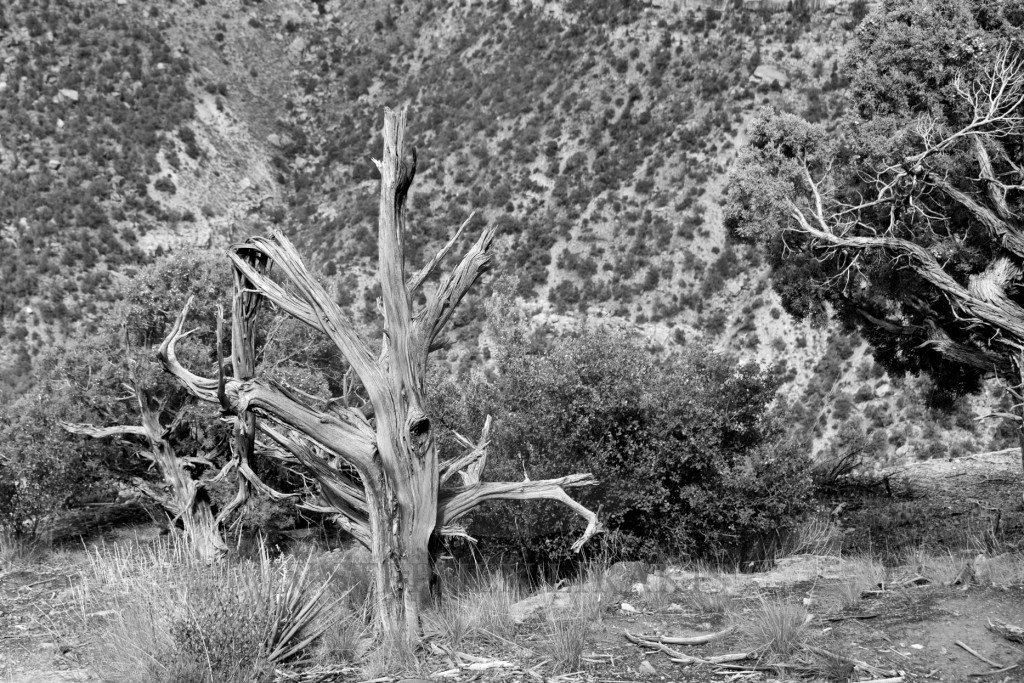
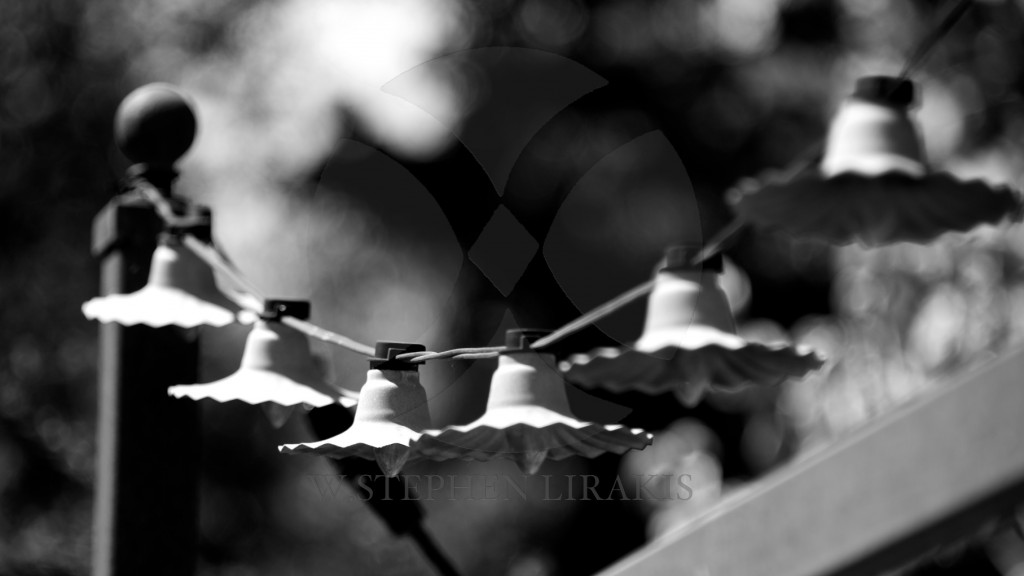
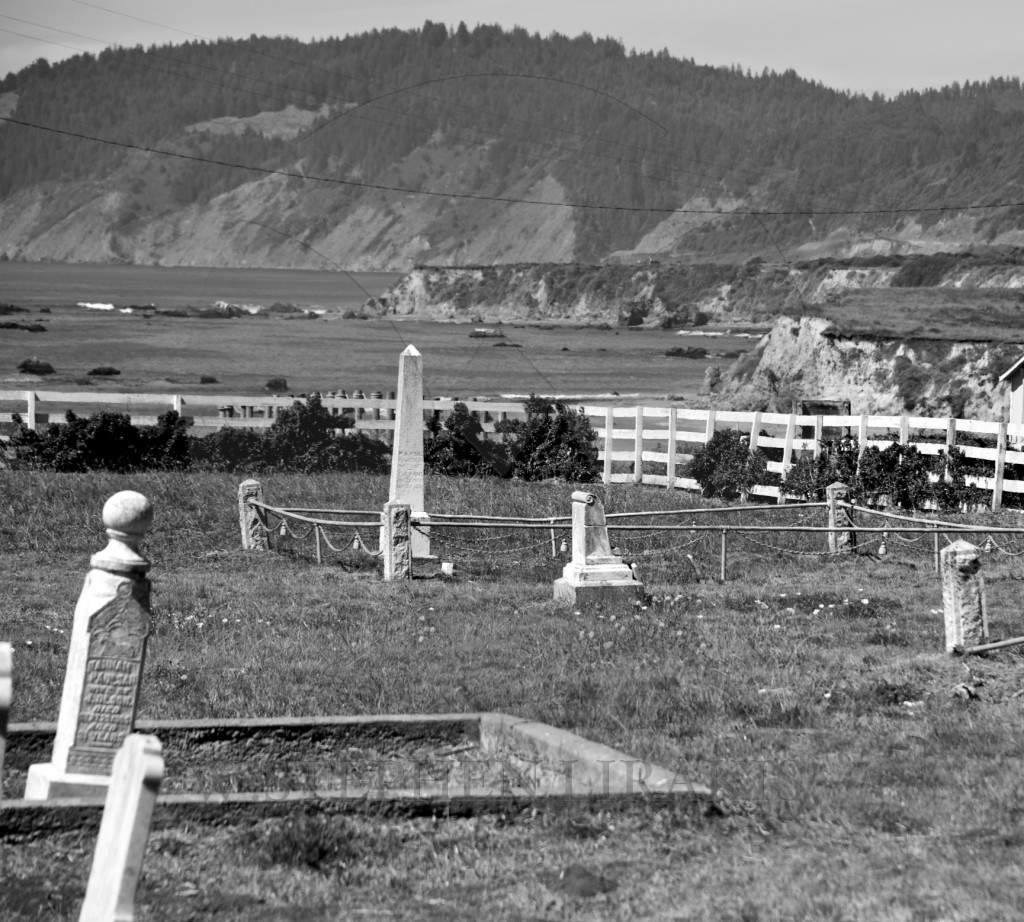
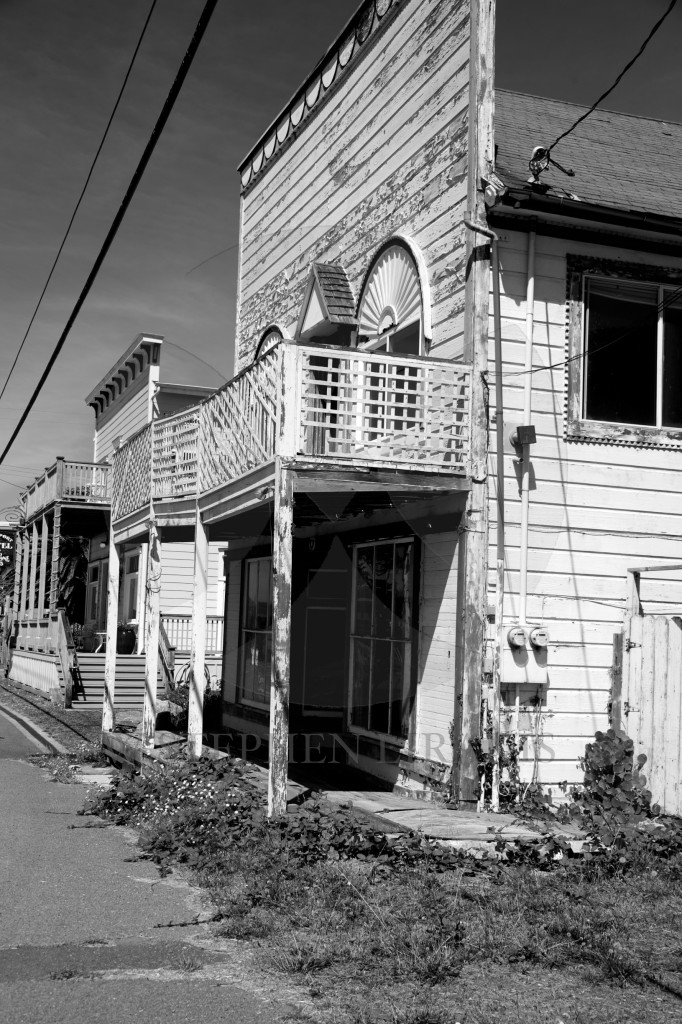

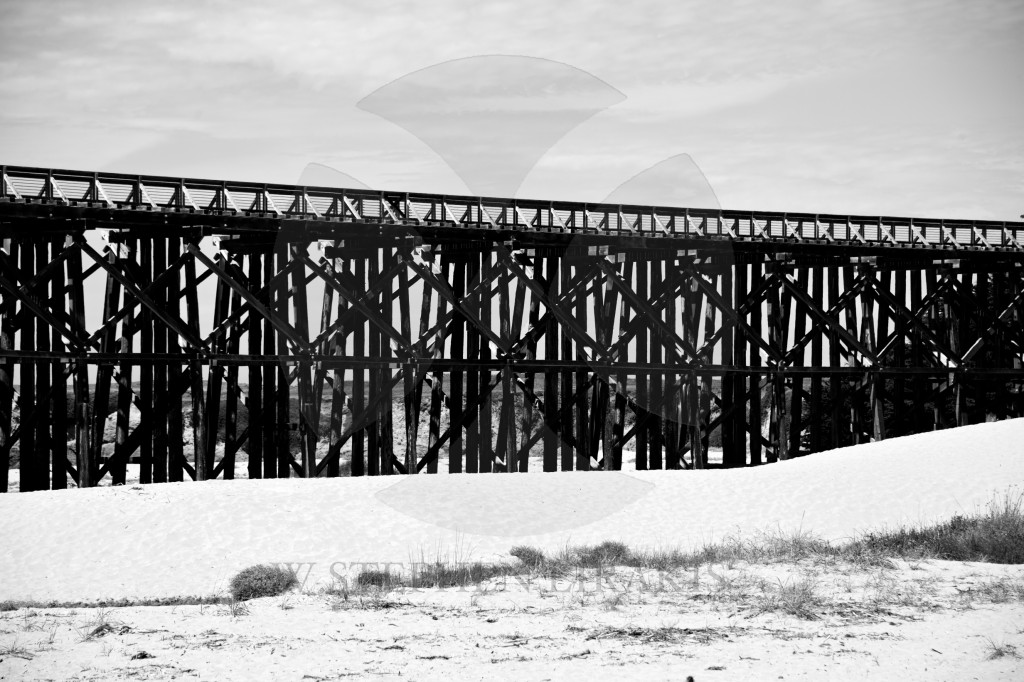
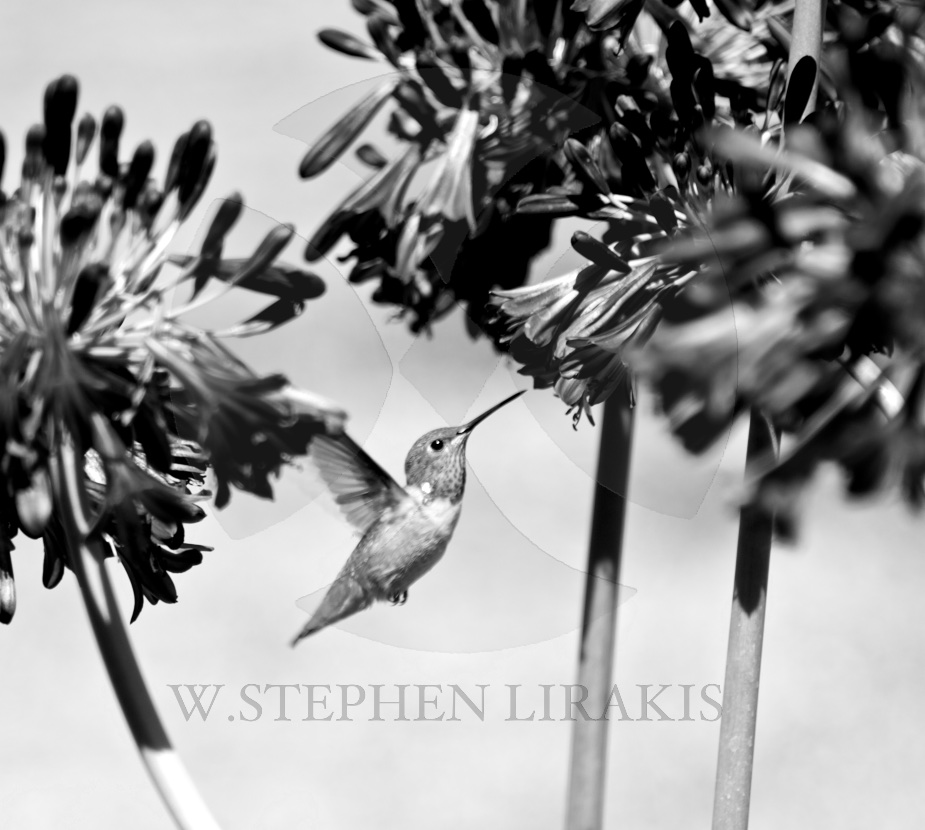
HORSE CULTURE
The Culture of Horses is a old as man. Right now in Newport the Four-in-Hand (Carriages) is taking place. I watched a practice today for a Polo Match tomorrow, at the Wine Country Polo Club, For me Horses are very seductive. 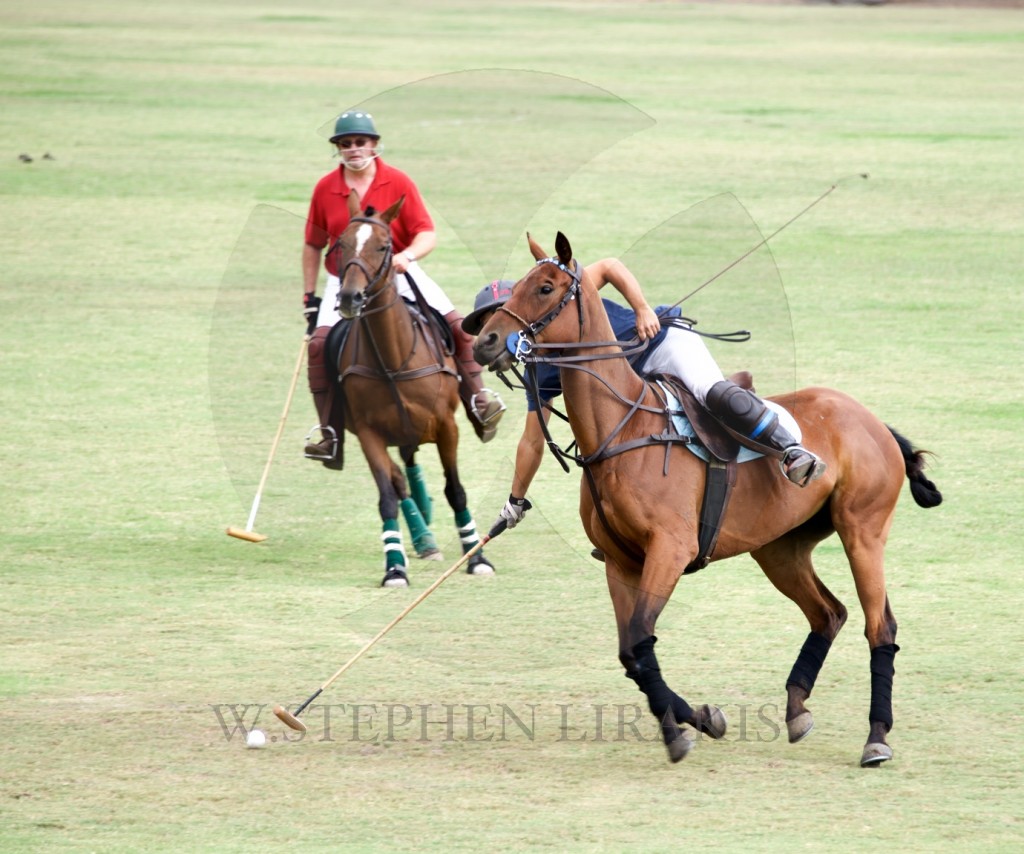
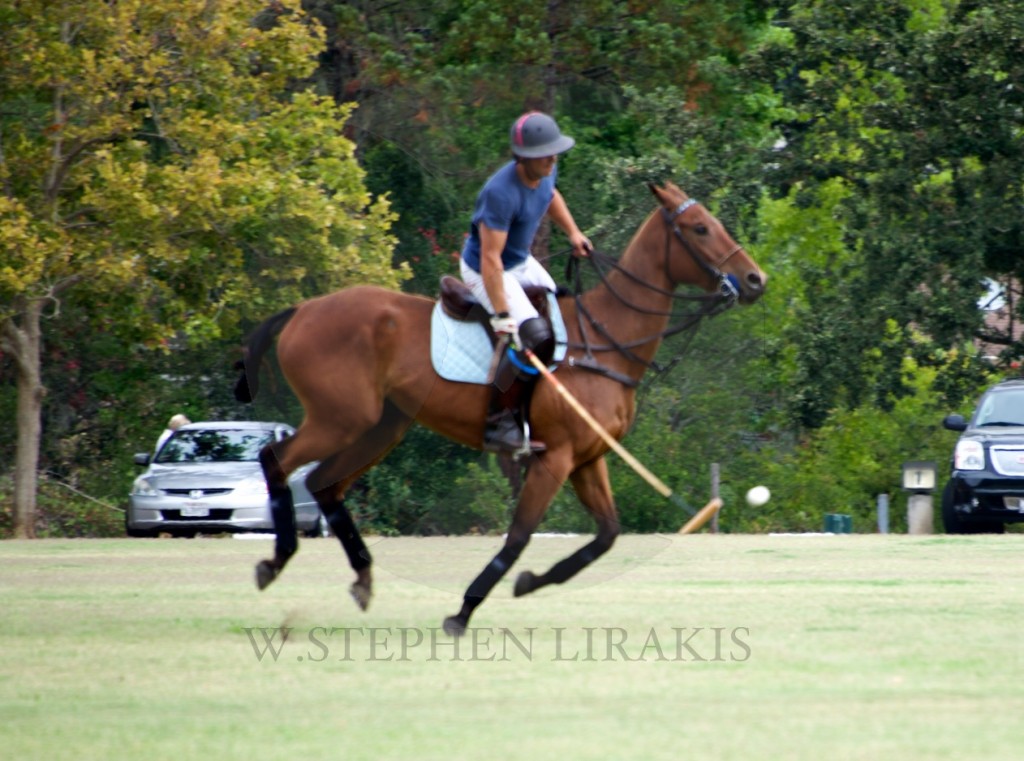
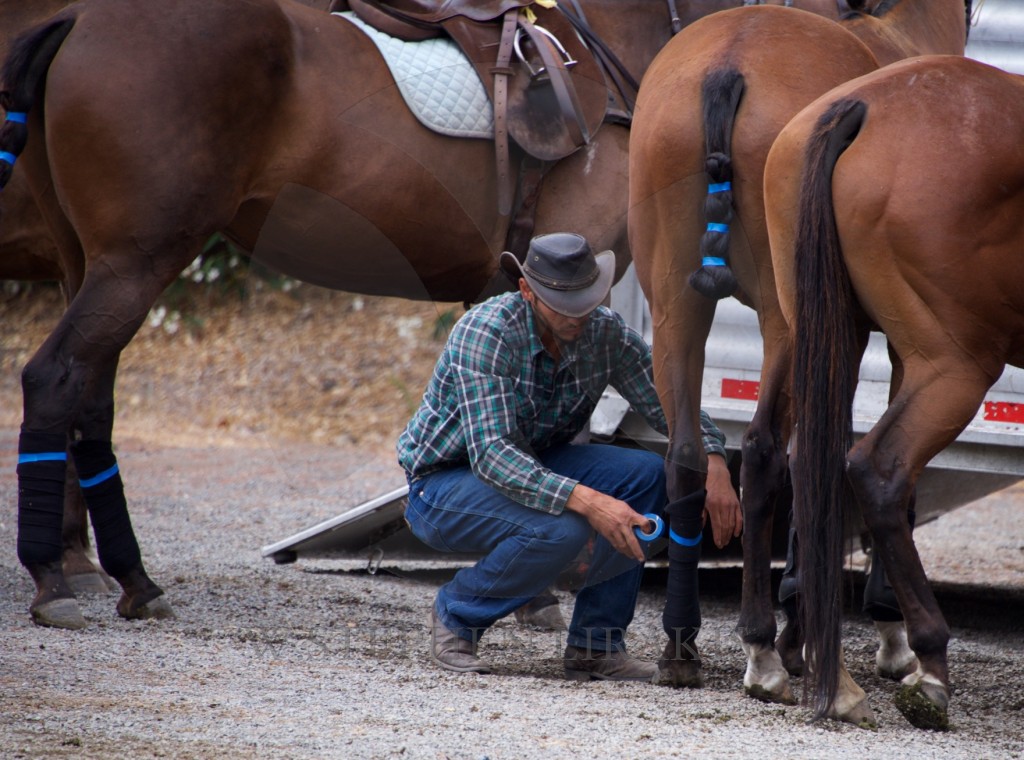
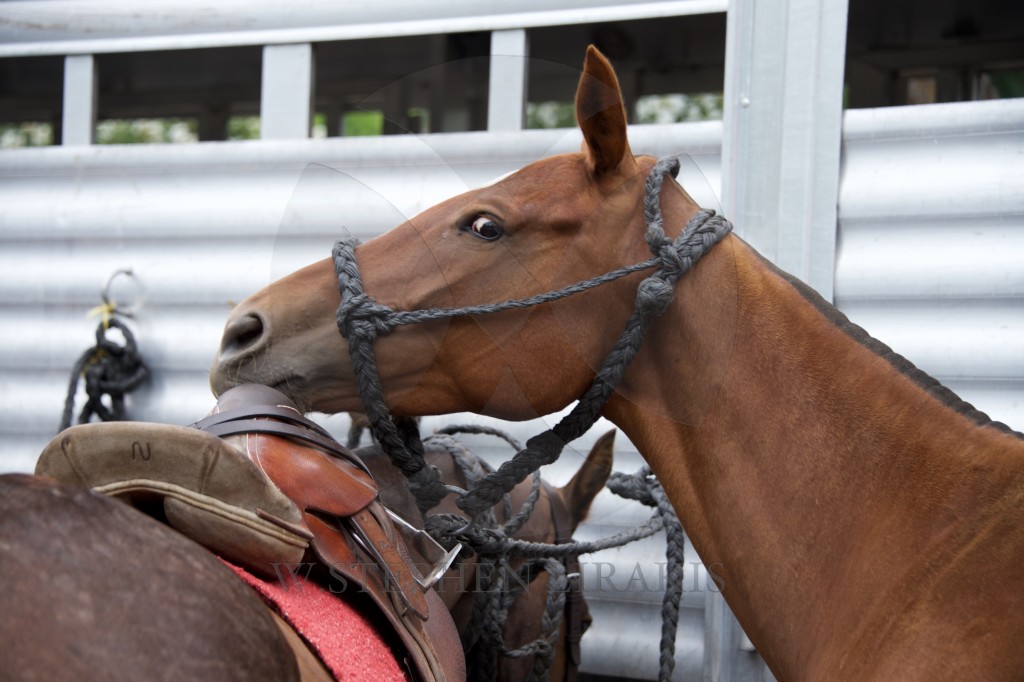
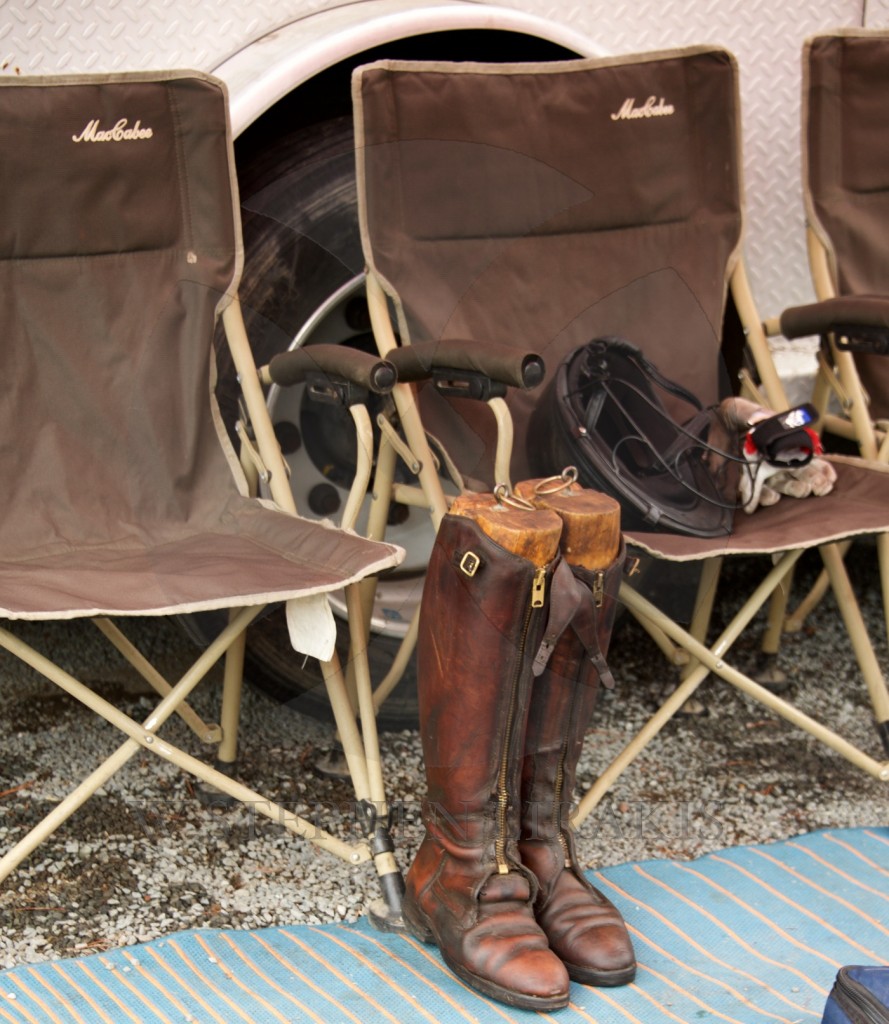
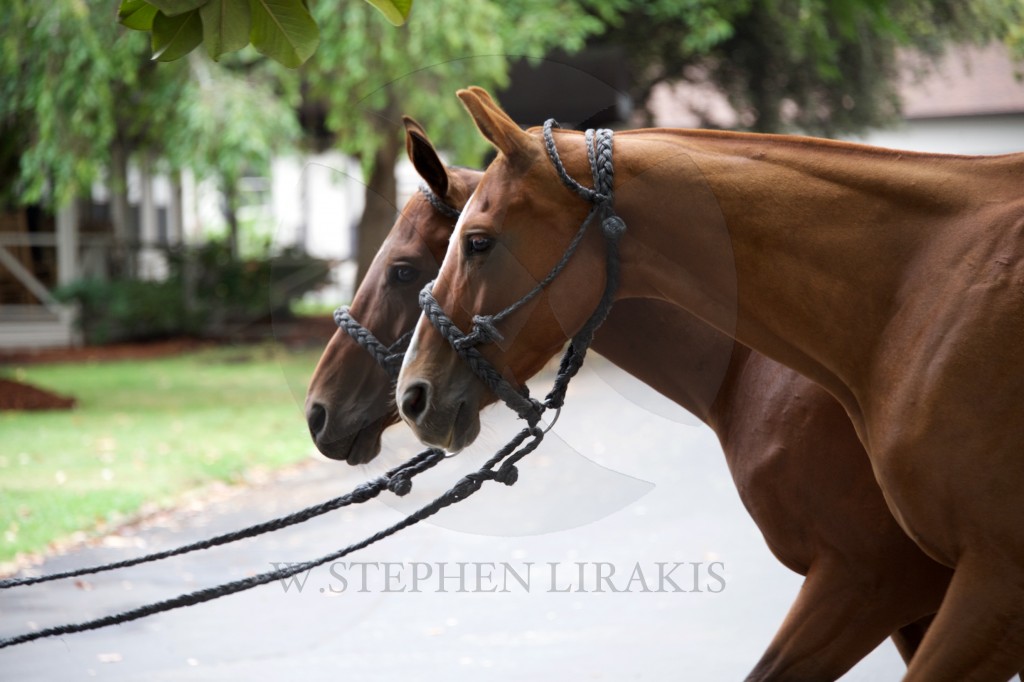
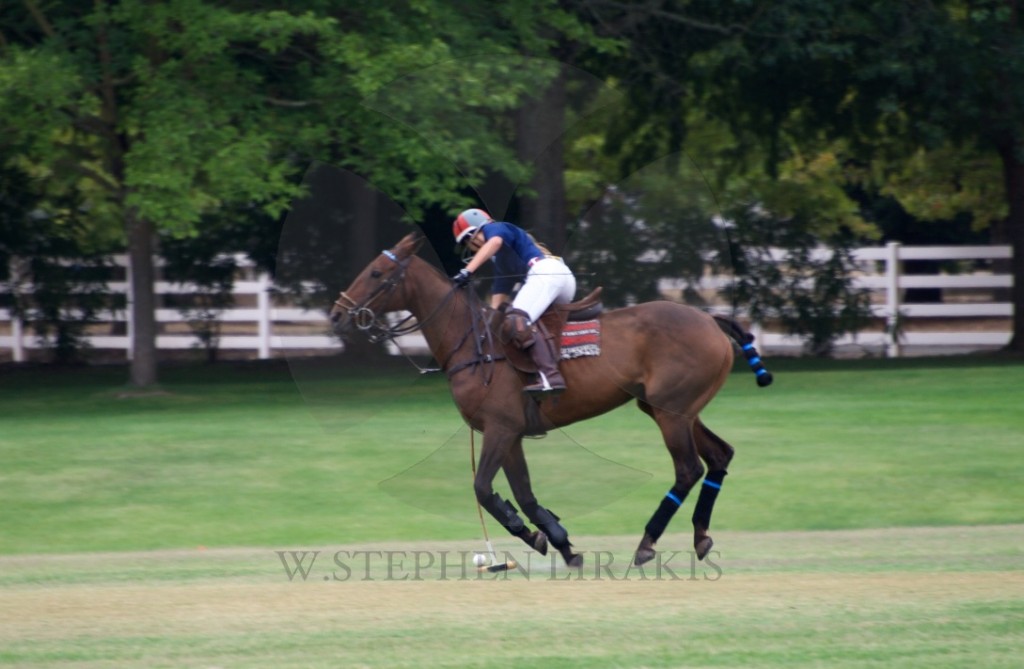
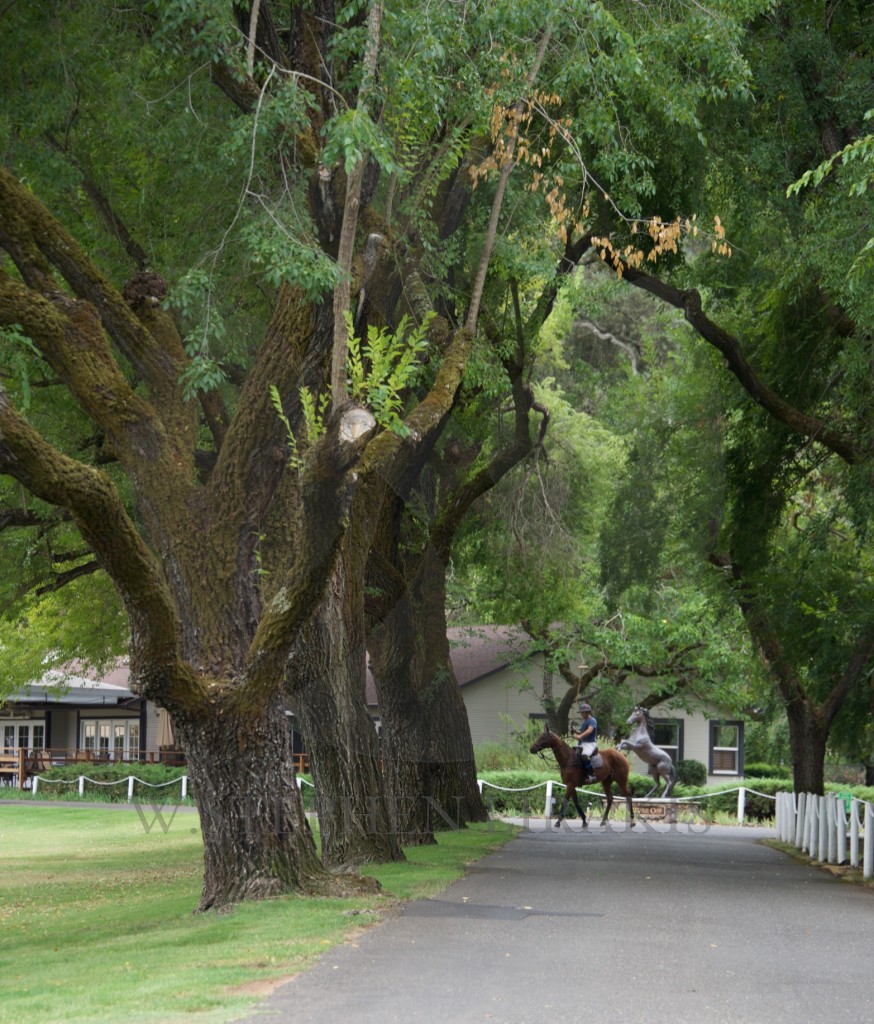
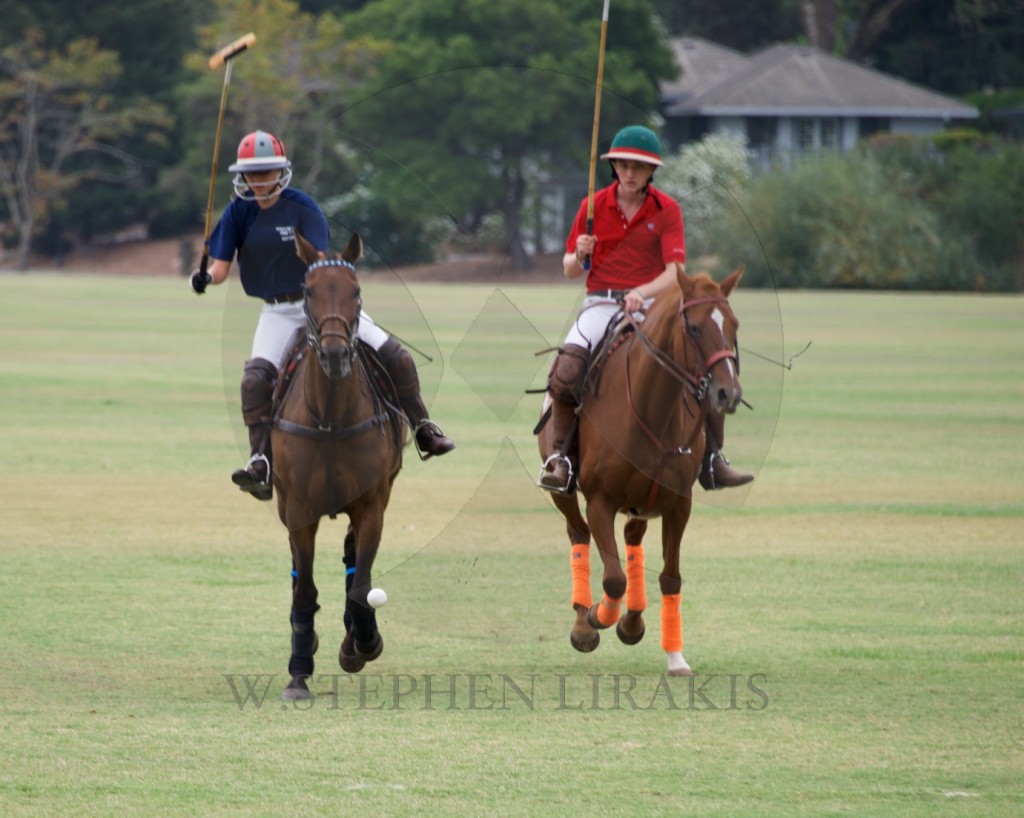
BETTER BE GOOD AT KEDGING, LIGHT AIR FASTNET
ELAINE BUNTING
The challenge on this year’s Rolex Fastnet Race will be coaxing yachts around the course in ultra light winds
Skippers preparing ready for the Rolex Fastnet Race 2015 on Sunday were warned that it could be a slow race with very light winds ahead. “If you really want to win this race you are going to have to be good at kedging!” joked Eddie Warden Owen, CEO of organisers the Royal Ocean Racing Club.
A record number of 370 yachts will set off from Cowes on Sunday on the 604-mile classic to the Fastnet Rock lighthouse and back to Plymouth. During its 90-year history the race has seen some intense and stormy weather, but this year it promises to be quite the opposite, with some of the lightest forecasts ever seen.
Ian Walker, skipper of the victorious Volvo Ocean Race team Abu Dhabi Ocean Racing, also joked about the weather ahead. “There is another isobar approximately in Iceland,” he said.
But the fleet this year includes some of the world’s fastest monohulls and multihulls, which are capable of making enough speed to set off a virtuous circle of apparent wind. These include the 100ft supermaxi Comanche, the big MOD70 trimarans and the 40m trimaran Spindrift 2.
Kenny Read, skipper of Comanche, says: “I don’t think any of us do very well in absolutely no wind, but we all have to play the same game. Whatever the breeze is we just have to adapt. Certainly dragging around a boat with a seven metre-plus beam in very light air is no fun.”
But he did admit that, in flat water, Comanche does only need five knots of true wind to get going.
Learn more about the headlands and tidal gates that are make and break on the Fastnet Race.
While the forecasts are making predicting finish times a bit of a nightmare, this is another indication of the potency of these big machines. Spindrift’s likely elapsed times in these conditions, as predicted on routeing software, is somewhere between 1 day 18 hours and 3 days 15 hours.
This race will also be a tough one for the new IMOCA 60s, especially those with the new L-shaped foils. These are great when power reaching, which is what they have been designed for as the optimal configuration for racing round the world, but they are draggy and reported to make more leeway in light conditions.
Morgan Lagravière, the skipper of Safran, who is new to the class but comes from a very strong Olympic 49er and Figaro background, admitted as much at this morning’s media briefing. “I’m not sure this year’s Fastnet will be for us. We will try to do our best. It will be very interesting learning how to use this new boat with the foils and to race with other IMOCA boats, especially Banque Populaire,” he said.
A large contingent this year is the two-handed crews. This is a growing area of offshore sailing, one that fits into a kind of sailing Enduro category. Some 59 boats in the IRC fleet are also sailing doublehanded. The lowest rated is Lucinda Allaway’s and Tom Barker’s Contessa 32 Hurrying Angel.
Like many of the smaller and lower yachts the Rolex Fastnet Race is most likely to favour them, as the breeze will pick up later in the week. Could this be a small boat year?
It is a year also when retirements could be lower than usual – the average is around ten per cent of the fleet. That would be good news for the event as a whole, and the Commodore of the RORC, Michael Boyd, concluded the briefing today by saying: “We are delighted that this is a record year and by the quality of the competition. There are a lot of fantastic sailors, who have put their effort, energy and money to be with us for this special race.
“We wish you all a very successful race and a safe passage.”
Read more at http://www.yachtingworld.com/blogs/elaine-bunting/youll-have-to-be-good-at-kedging-light-winds-endurance-ahead-for-rolex-fastnet-race-2015-66820#vrRt82RB41D4B5bt.99
TRAVELS IN BLACK AND WHITE
CHARLES LUMMIS, A MAN AHEAD
The museum of the Southwest, founded by Charles Lummis, is the oldest museum in Los Angeles. It is dedicated to the American Indian culture. A man of many talents who reminds me of George Champlin Mason in Newport.
If only the present caretakers would heed his vision.
